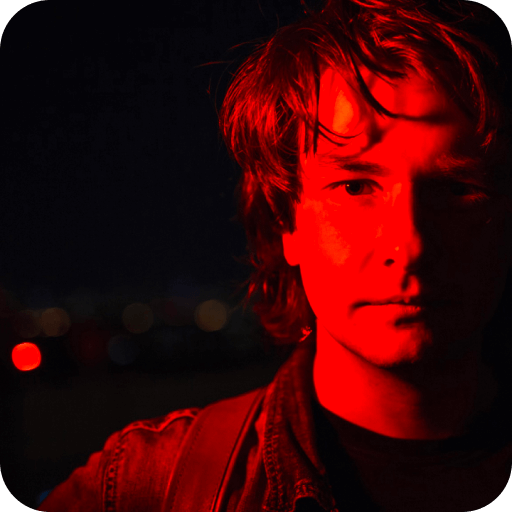Addis Ababa
The capital of Ethiopia is the city with the intricate name Addis Ababa, which means “new flower” in Amharic.
By African standards, Addis Ababa is a very developed city. It is often considered the “capital of Africa.” Economically, it is roughly on par with Naples (quite a dump), while atmospherically it resembles a typical city in Eastern Europe, maybe not even the worst.
Two lines of an elevated tram cross the entire city. The residents of Addis Ababa are very proud of their tram. The authorities are so obsess with it: at central stations, there are two police officers who check bags at the entrance.
Funny that most of the bag thefts occur right on that tram. Since all other transport in the city is at an African level, the tram is always packed, making pickpocketing from a foreigner a favorite pastime of local thieves.
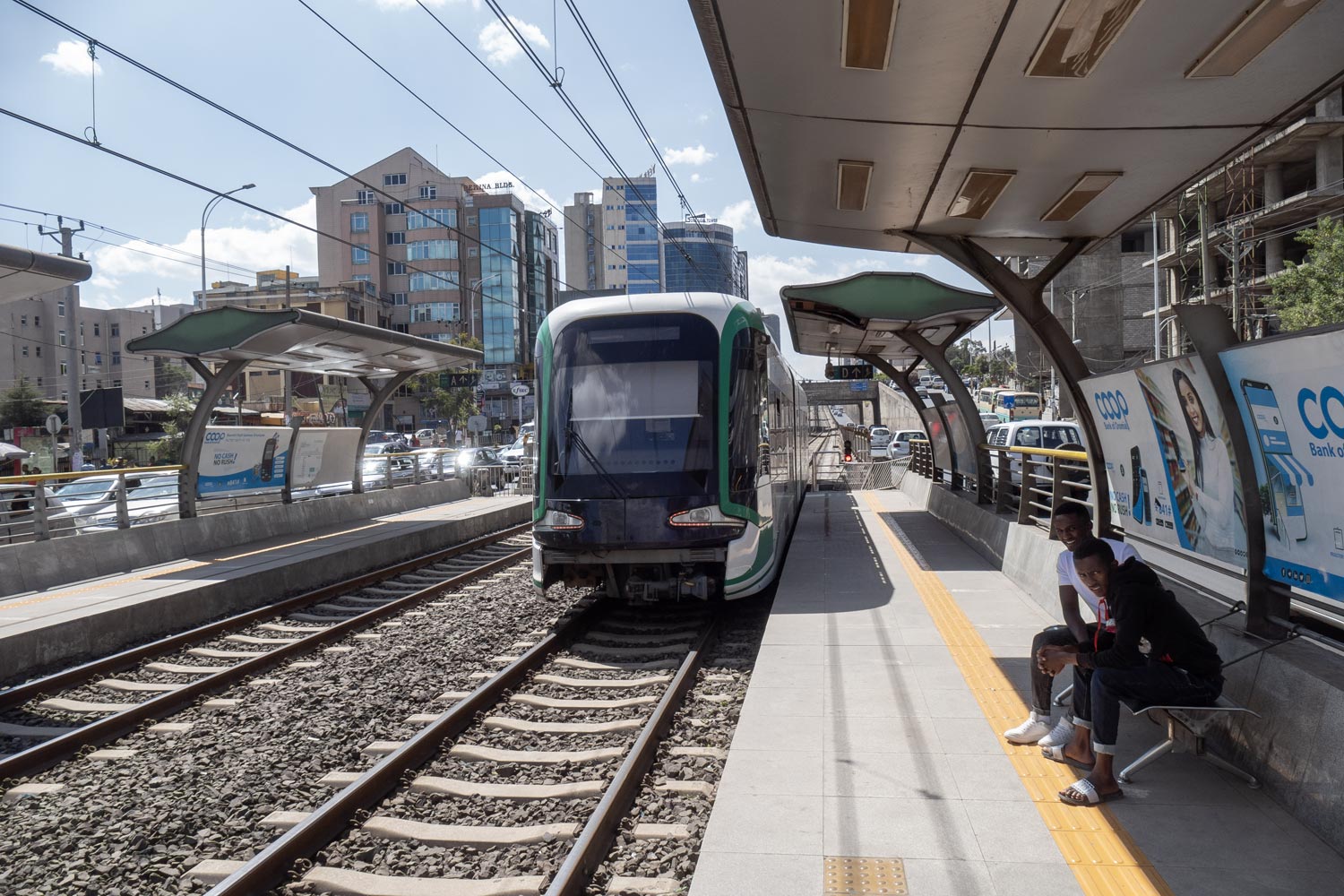
Addis Ababa greets tourists arriving in the center with a quite European appearance, somewhat reminiscent of the Balkans.
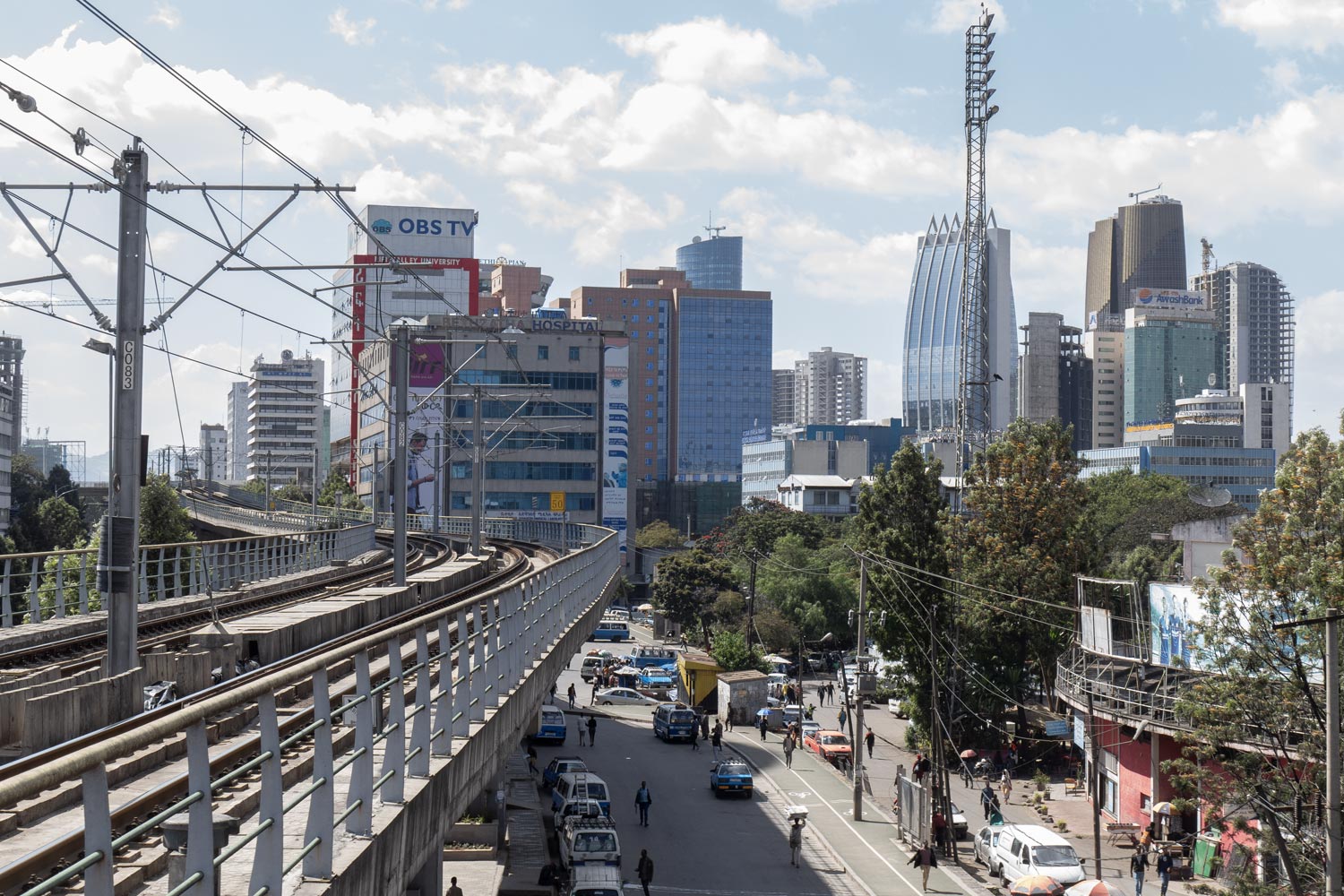
Slightly to the right, a stadium is peeking through. What an original idea: placing a football field in the city center instead of a square.
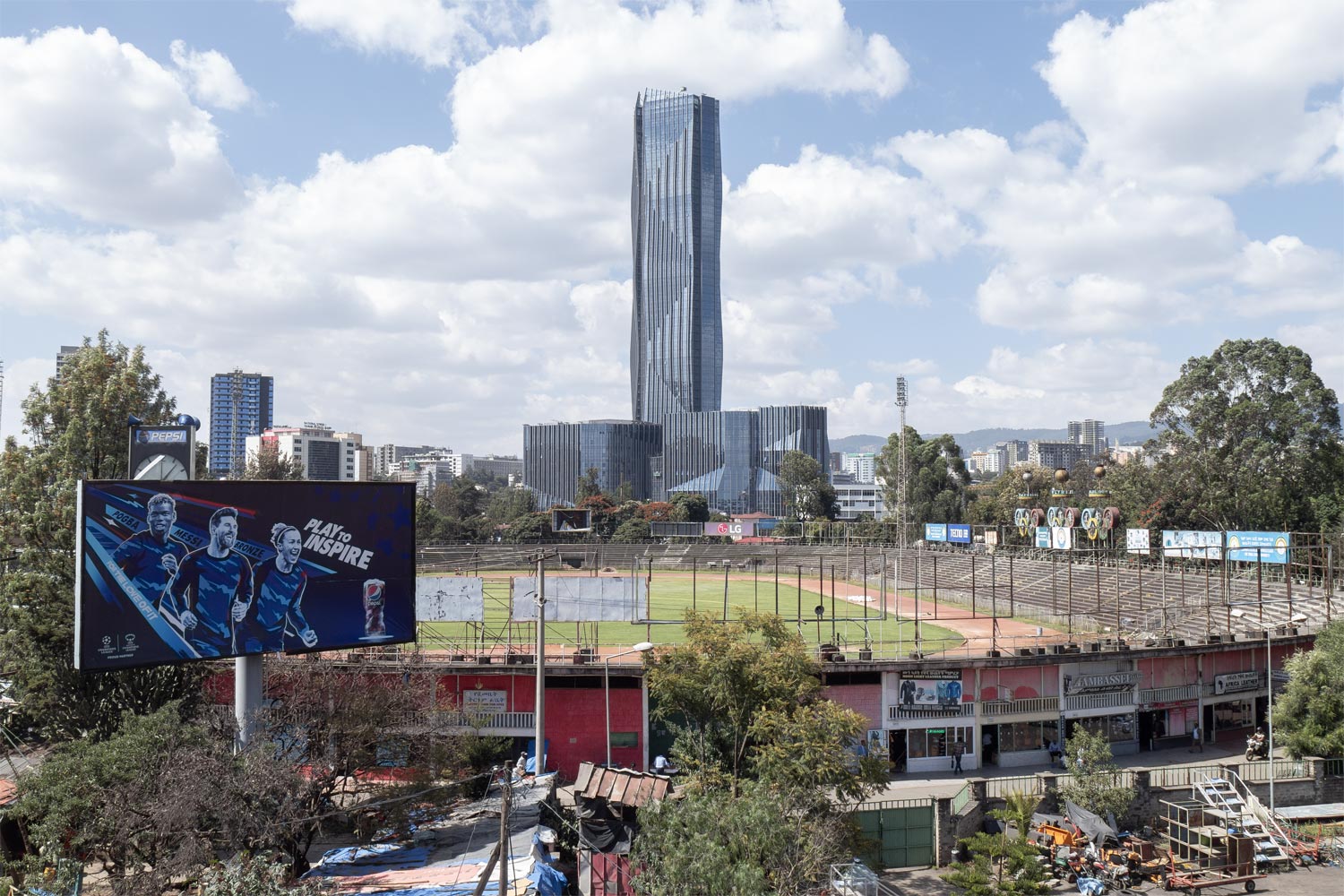
In fact, a square is also there. It is called Meskel Square, which means “cross” in Amharic.
Every year, Ethiopians gather at this square to celebrate the local equivalent of the Feast of the Cross, a well-known Orthodox holiday dedicated to the finding of the lost cross on which Jesus was crucified.
Probably, if Meskel Square were in the US, it would be called a Cross Square. So, they’re obsessed with that Cross Square even more than with the tram. Taking photos here is so strictly prohibited! Oh, you’ll catch it.
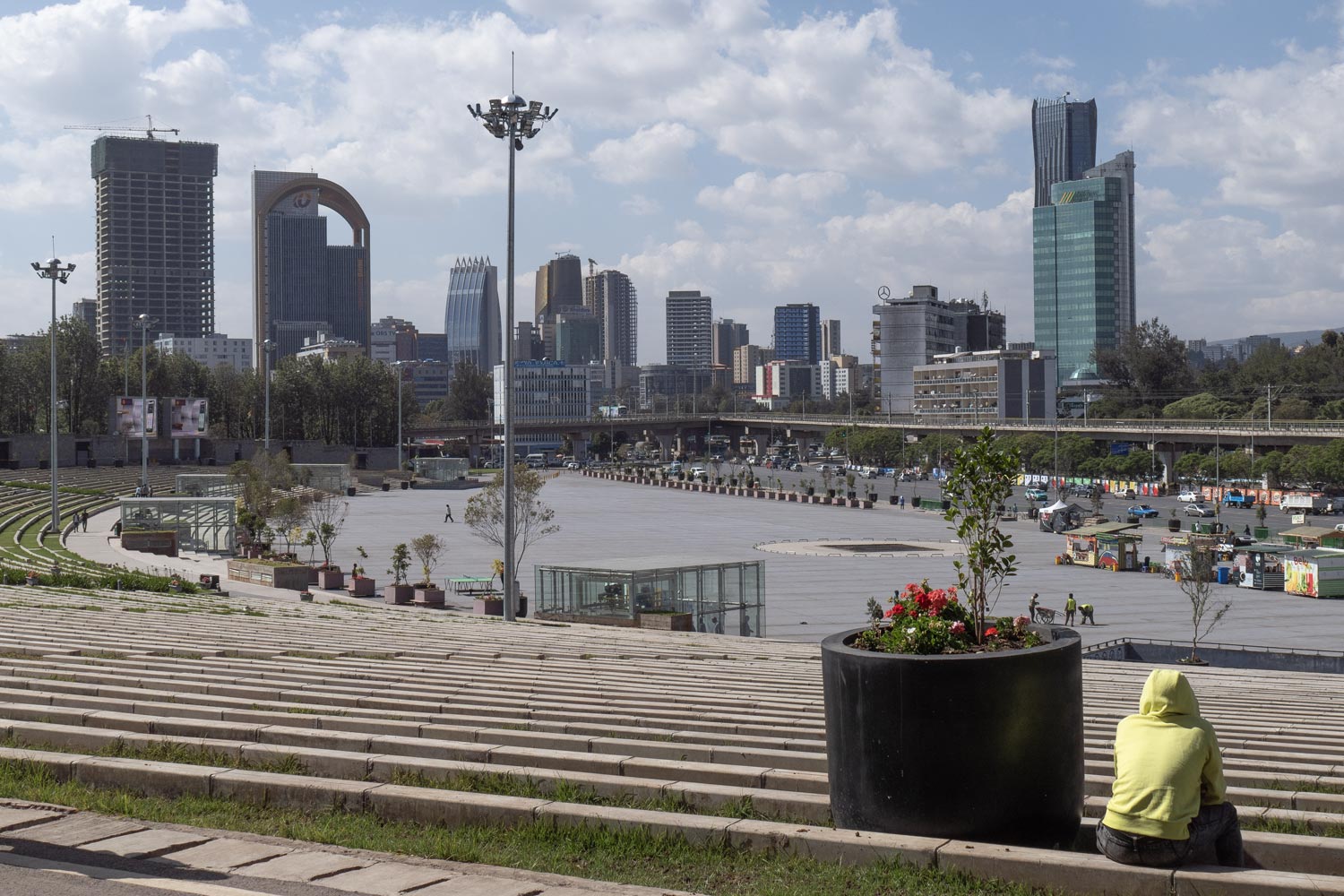
In fact, there’s not much to photo here anyway. The square is bordered by a dull highway, mostly rode by Chinese or decommissioned Japanese cars.
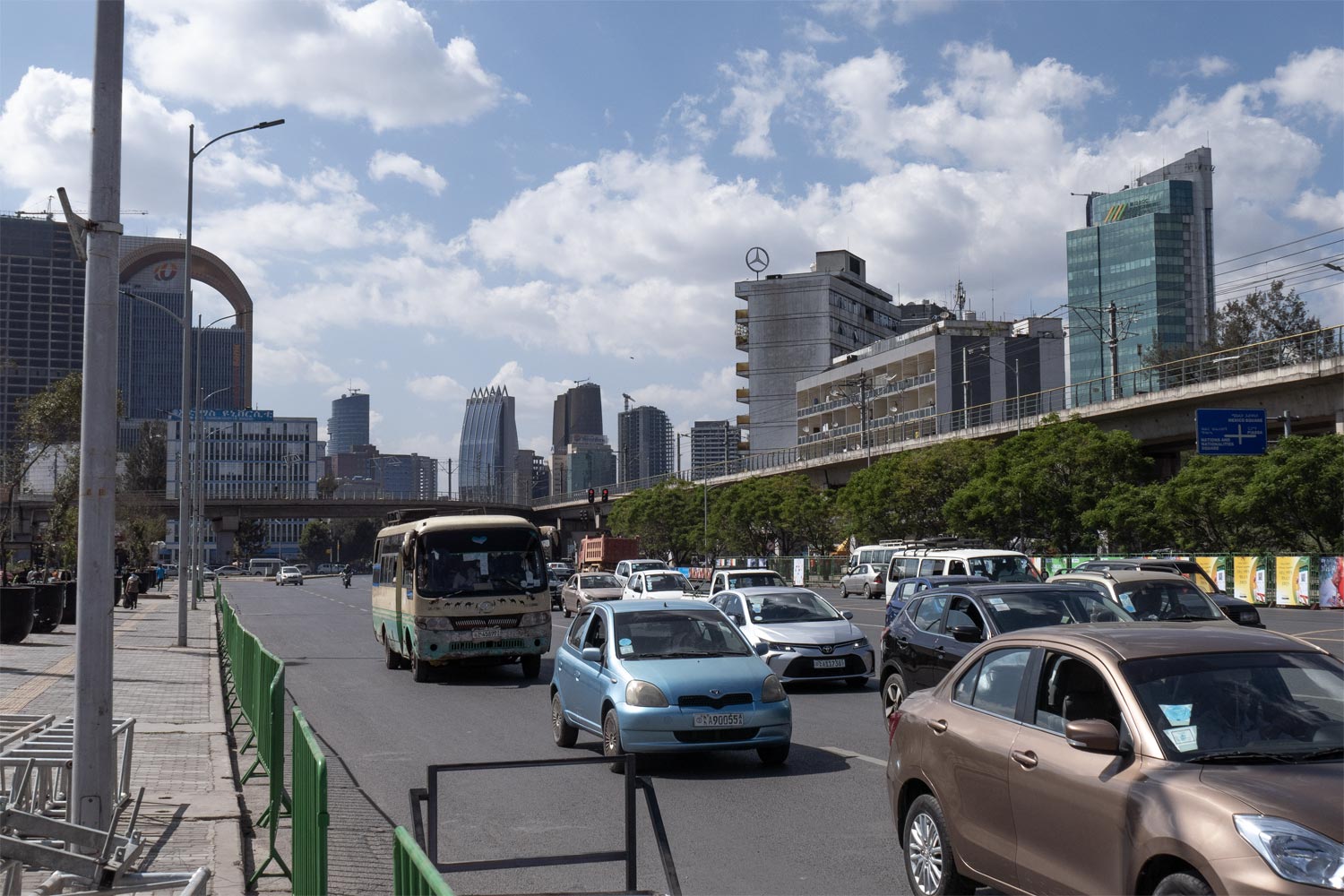
Living buildings in the center of Addis Ababa resemble Soviet Brezhnev-era apartments, and this is considered very good housing by Ethiopian standards.
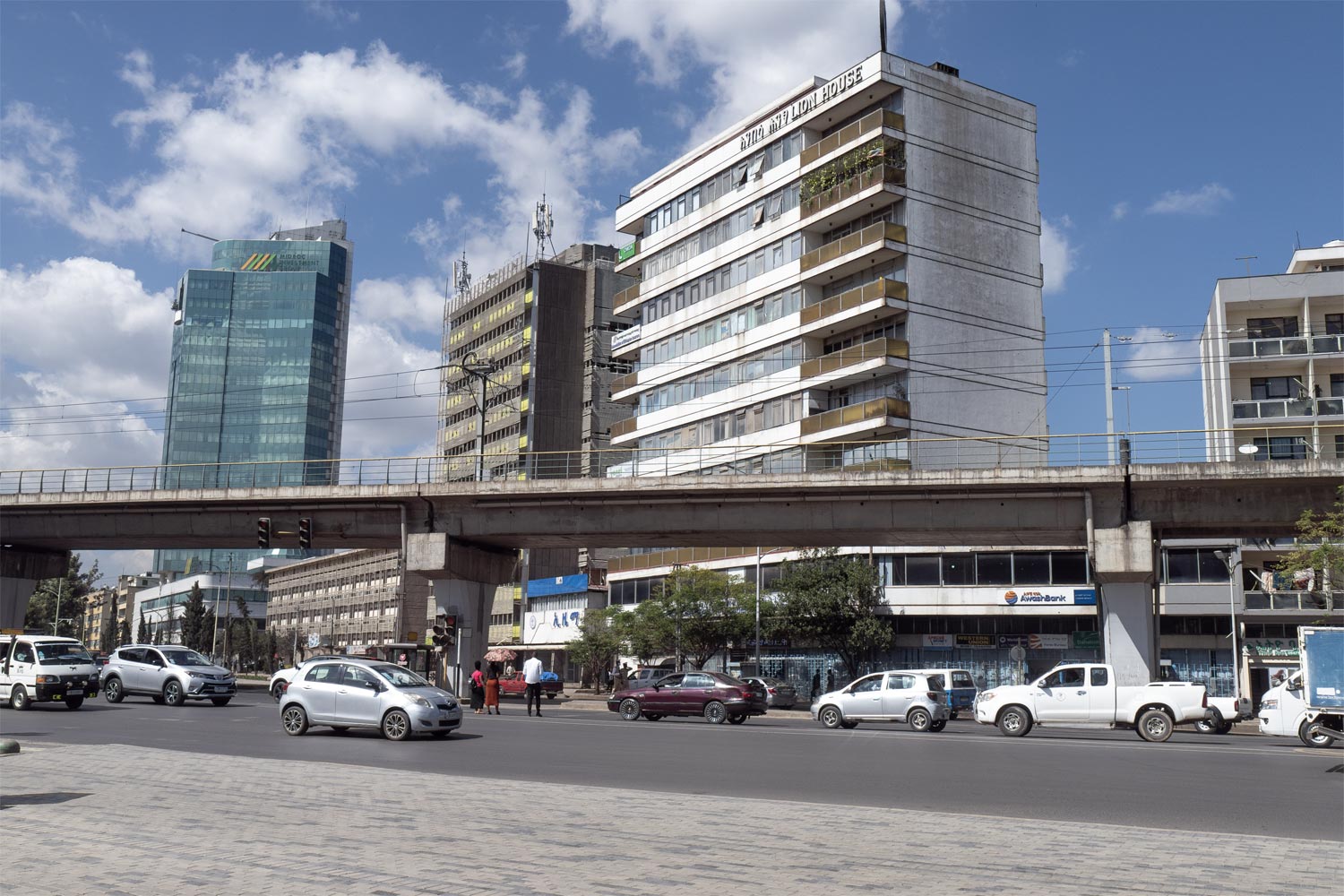
The liveliest place in Addis Ababa is located a bit away from the center and called Churchill Avenue.
Before World War II, Italy occupied Ethiopia. The country was saved from occupation by Britain, whose troops (together with Ethiopian, of course) expelled the fascists in 1941 and restored the exiled king to the Ethiopians. Therefore, the avenue was named after British Prime Minister Churchill.
This street is somewhat like New Arbat in Moscow. Along the long and straight stretch of road are local “skyscrapers,” shopping centers, and entertainment venues.
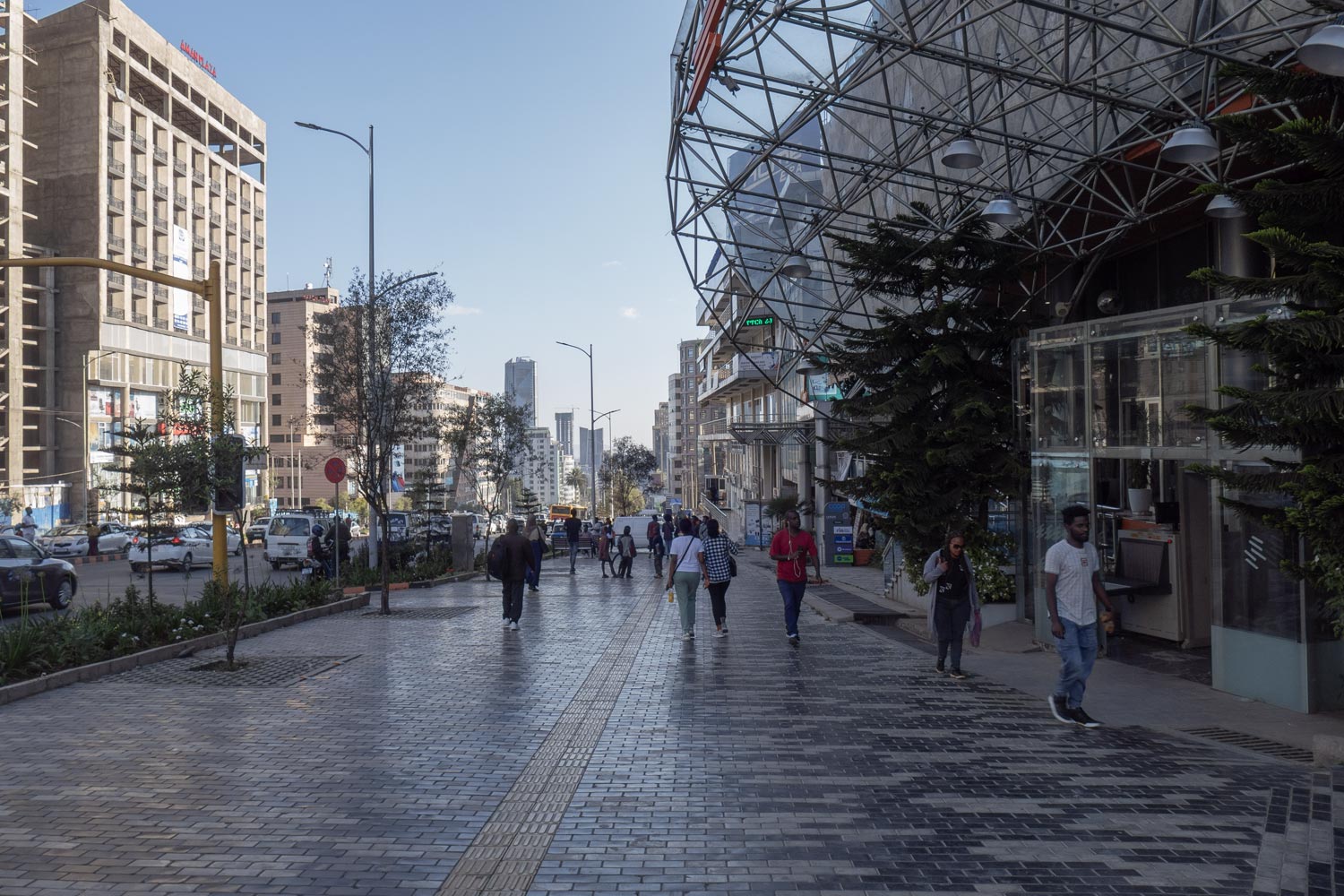
All the local hipsters gather here as well.
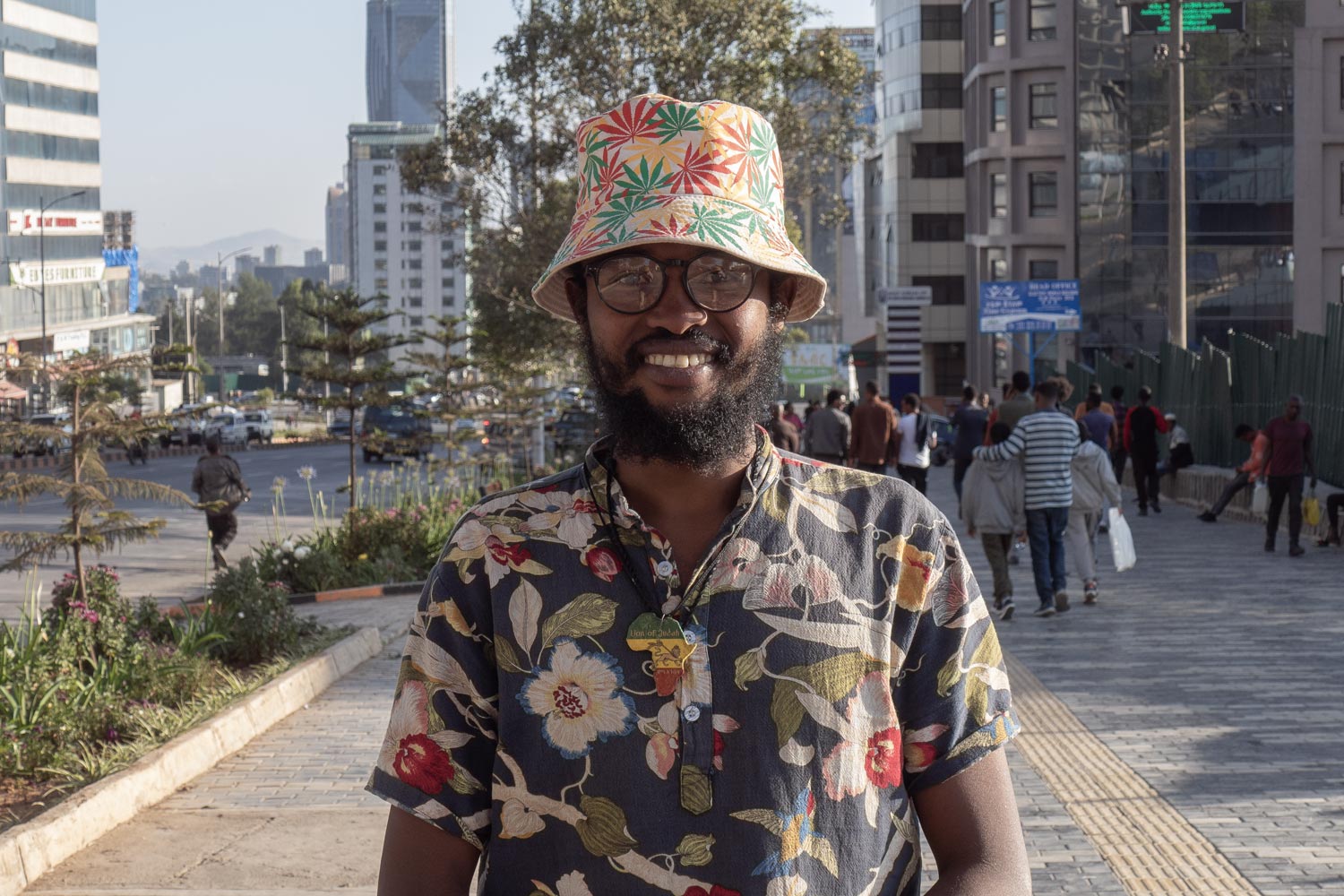
Of course, the level of local architecture is far from that of Moscow.
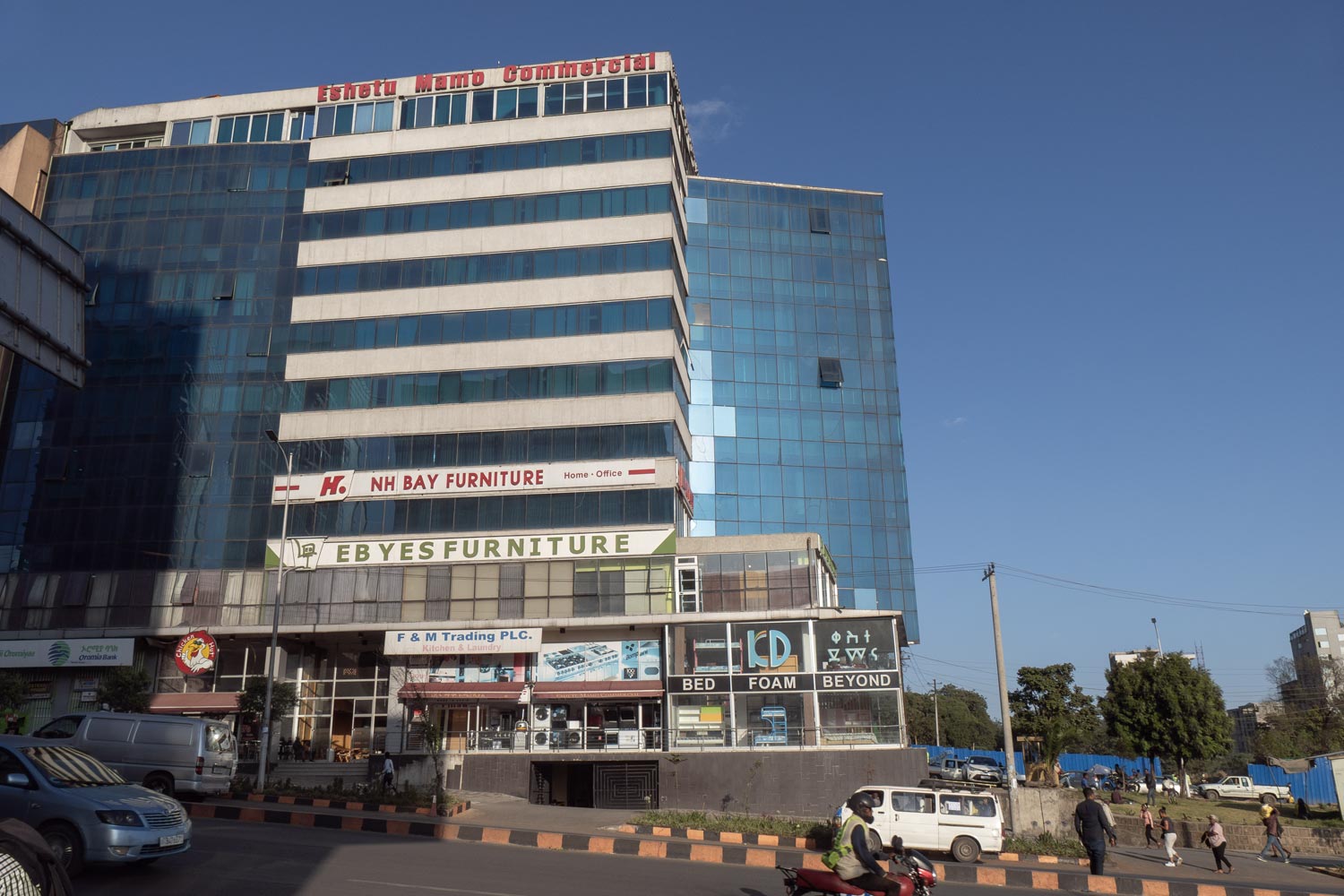
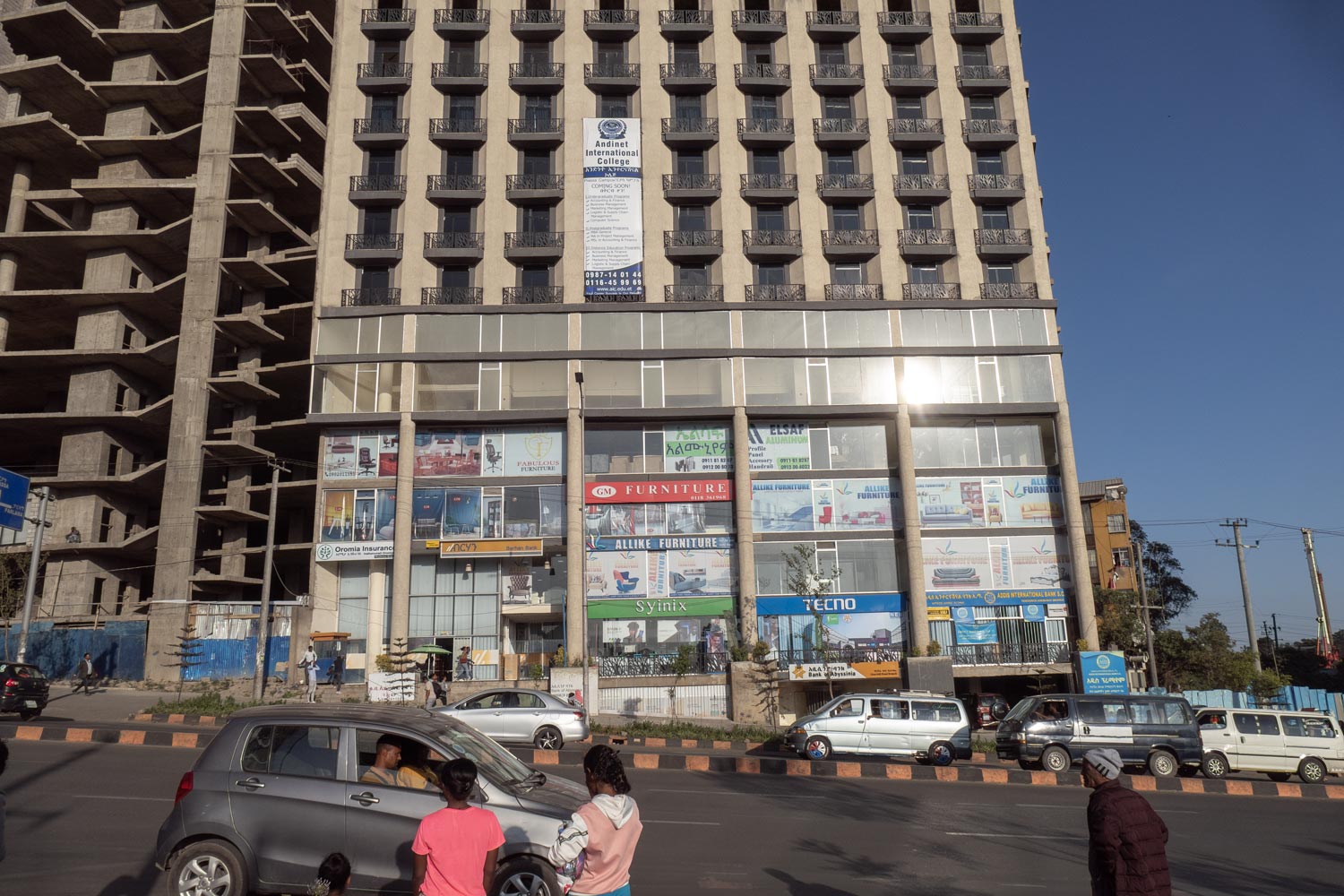
But judging by the number of construction projects, it’s all ahead.
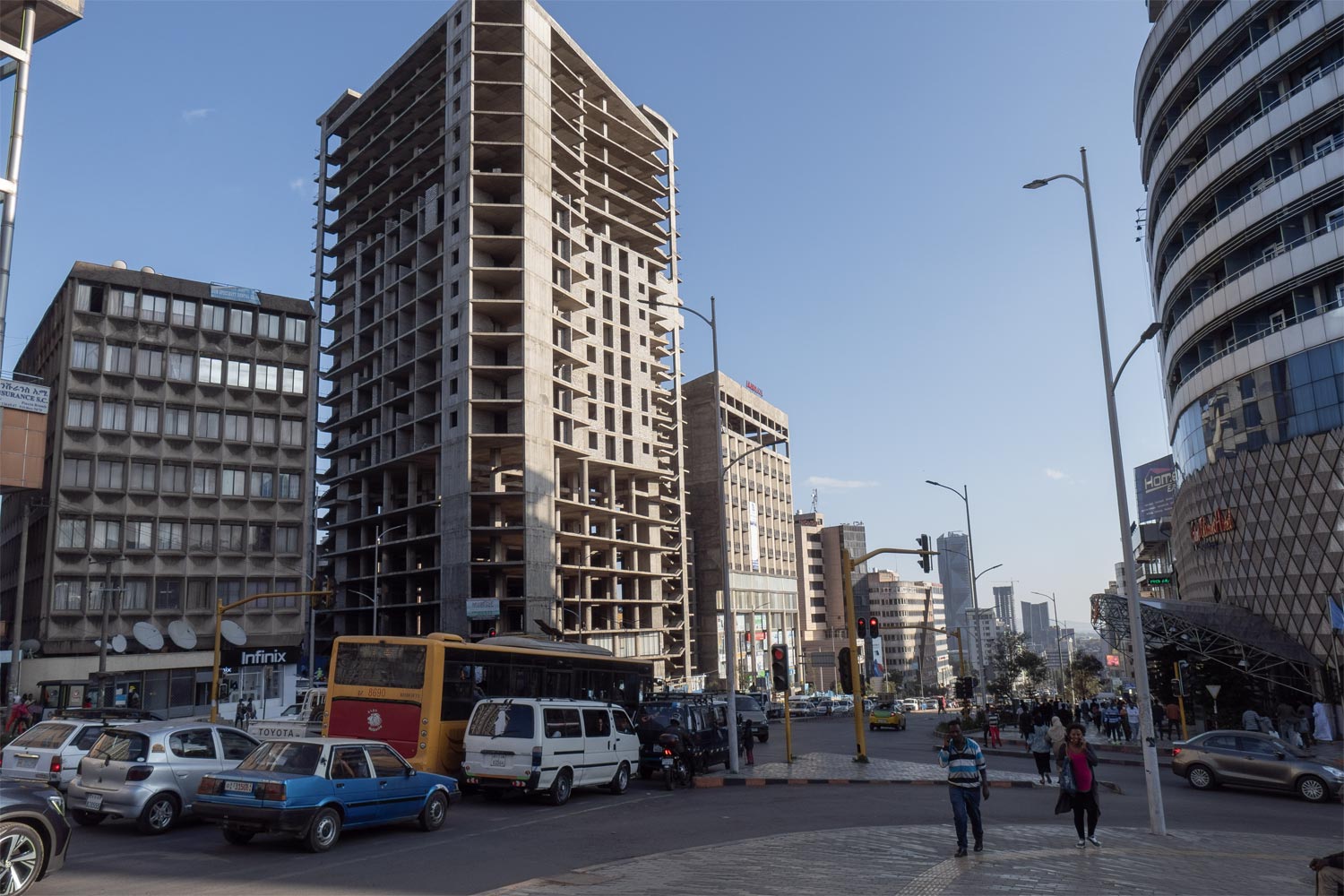
Churchill Avenue has a considerable incline. At the upper end of the avenue, there’s something like a viewing platform where local youth love to hang out.
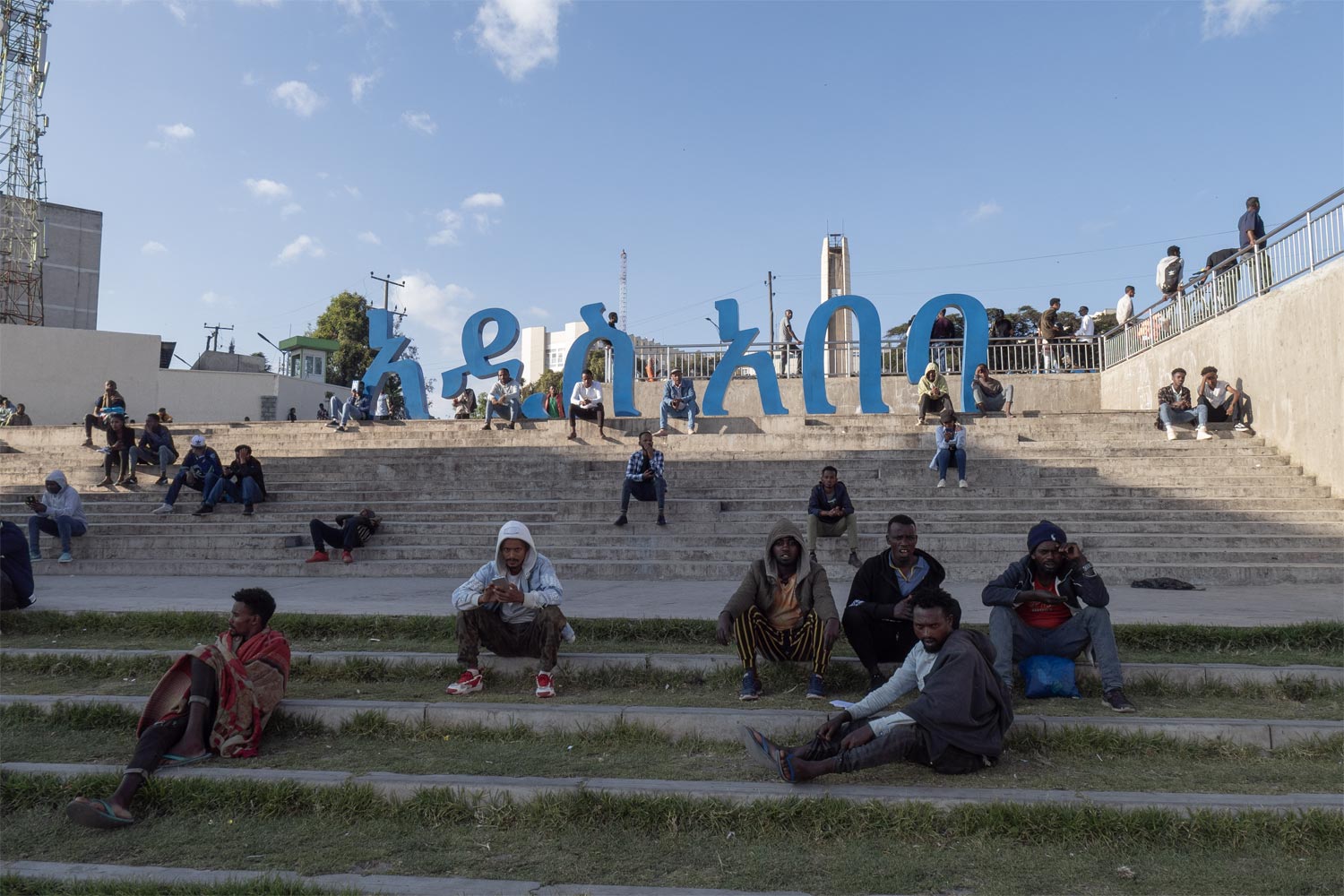
The platform offers a nice view of the city and the avenue itself.
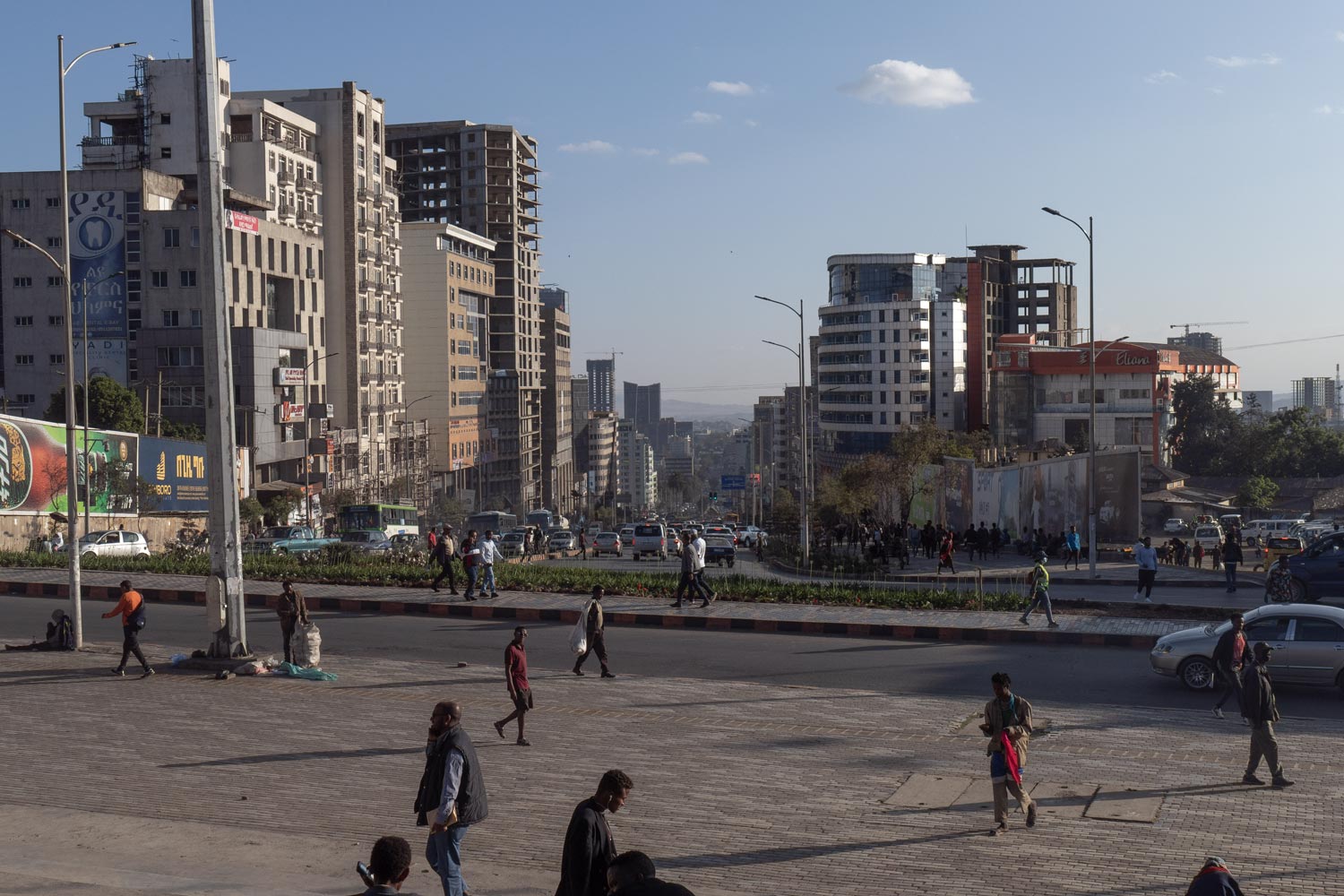
It’s not Europe, of course. But it’s also not the Africa that a layperson thinks of. Overall, an average street in Addis Ababa looks like a mix of a couple of skyscrapers in the background, ad-decorated shopping centers along a highway, and a variety of housing: from wealthy private homes to cobbled from planks bungalows.
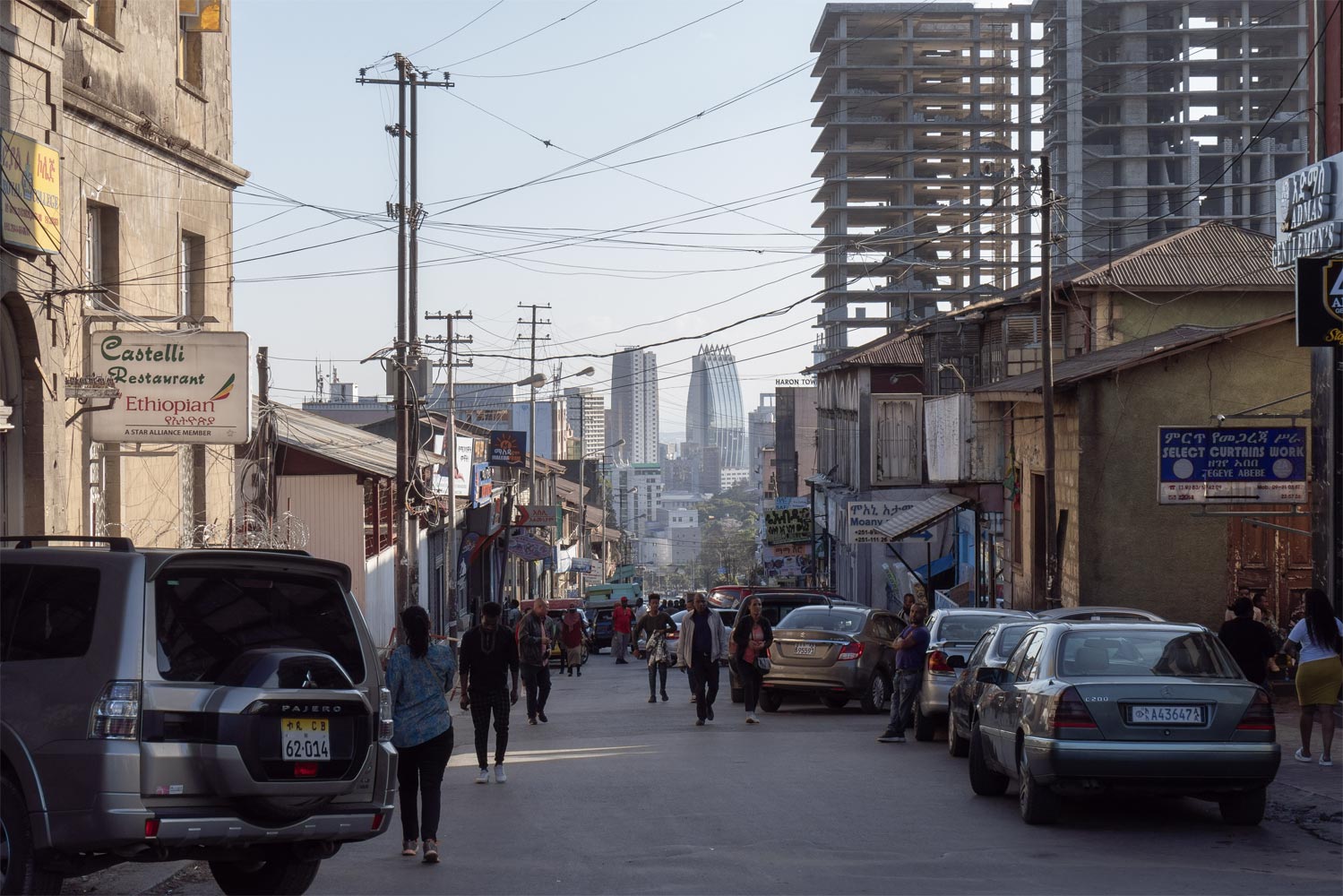
One can even find some good examples of constructivism.
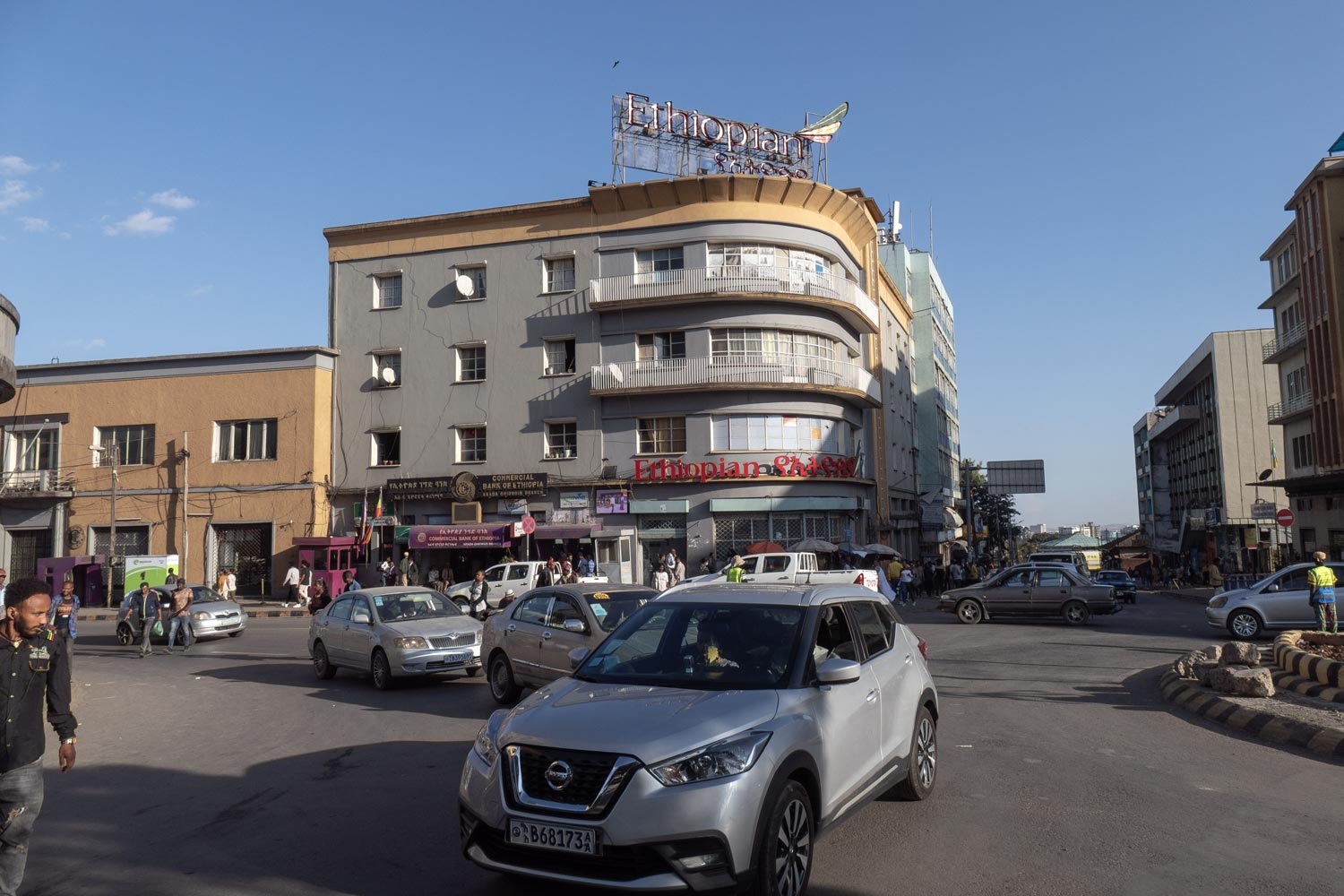
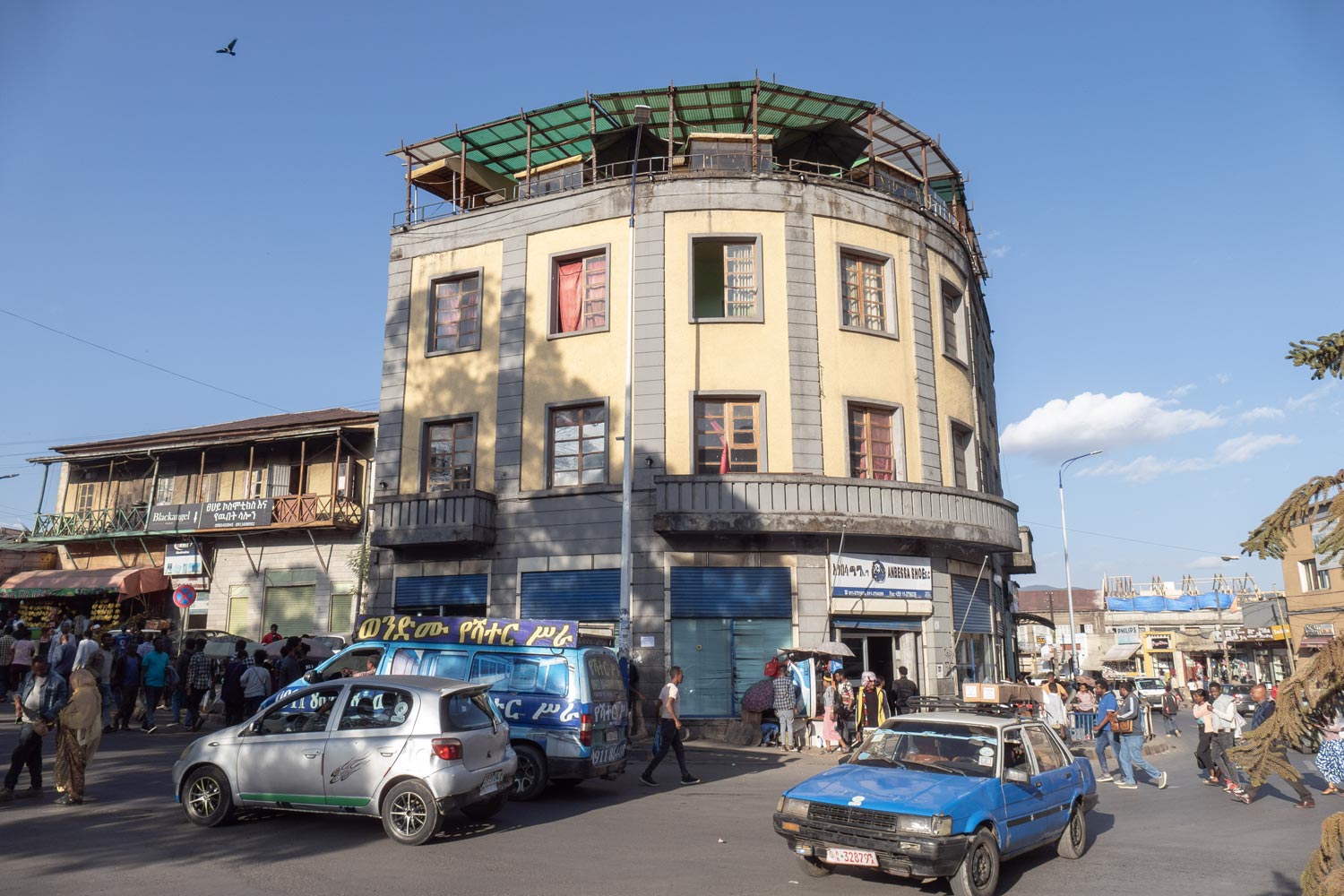
A new, shiny Toyota can easily be seen against a backdrop of outright slums. African inequality.
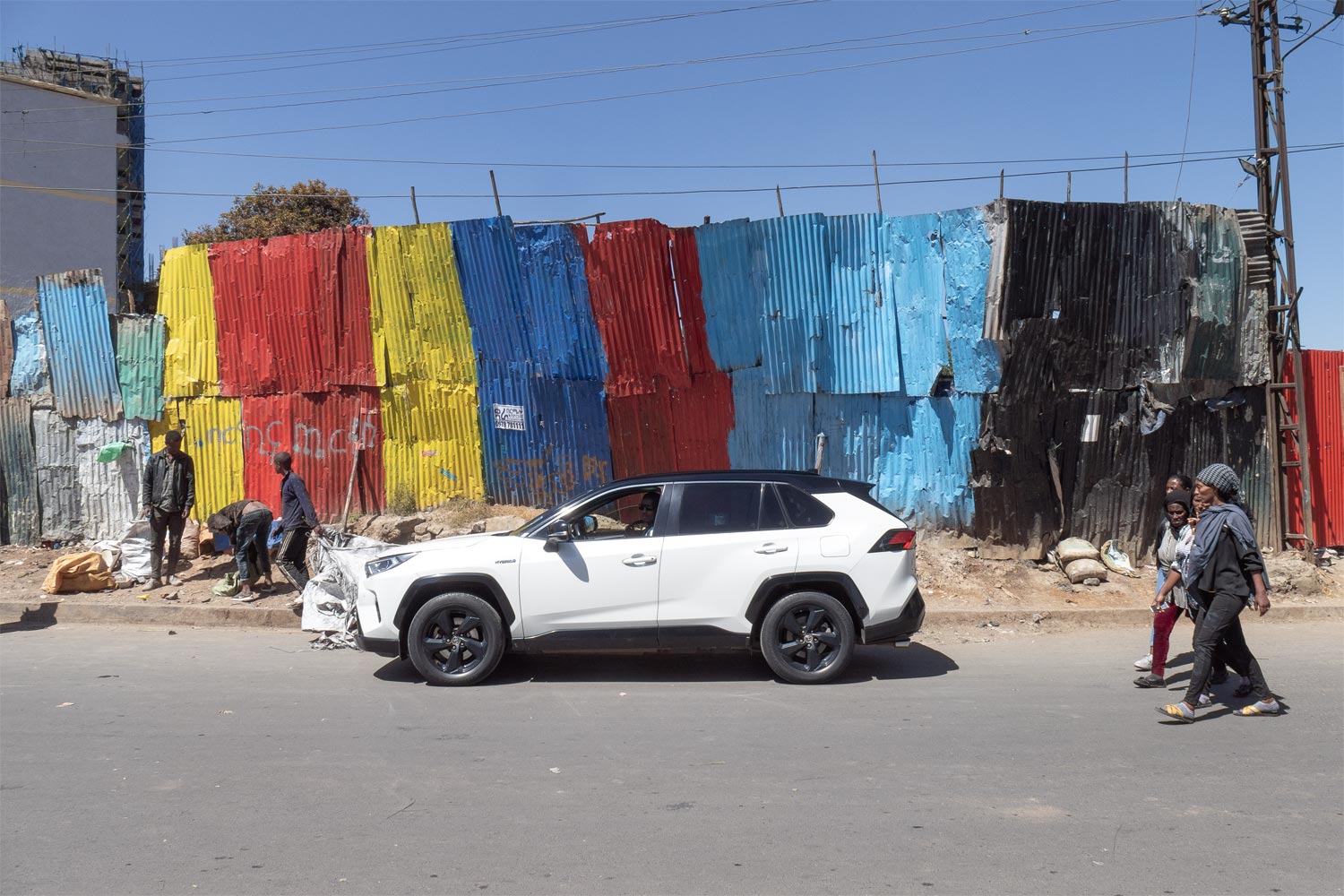
However, the farther one strolls from Churchill Avenue, the more falls apart the image that Addis Ababa tries to create.
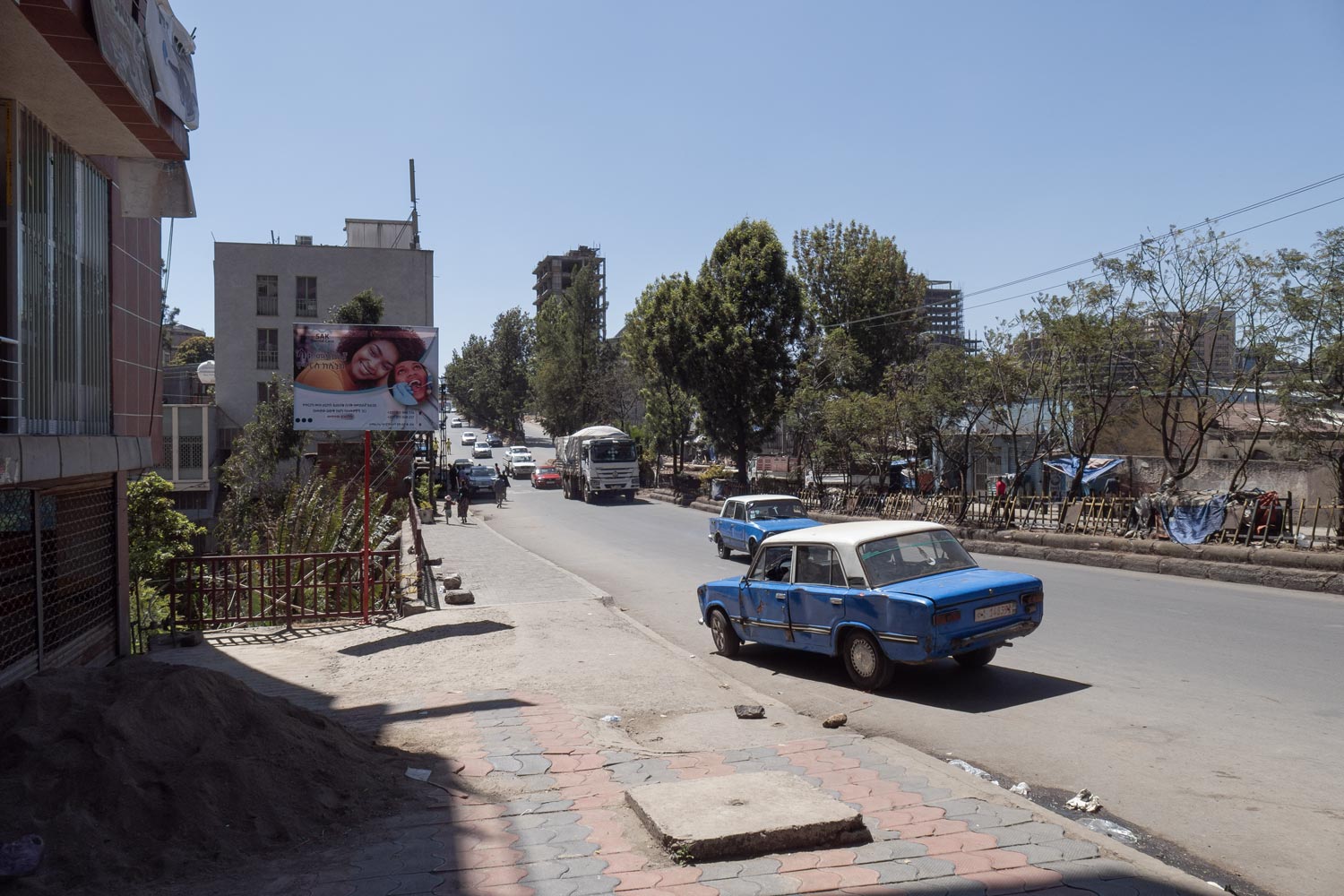
Gradually, the concrete-built neighborhoods end, and the wooden construction begins, untidy and hastily assembled.
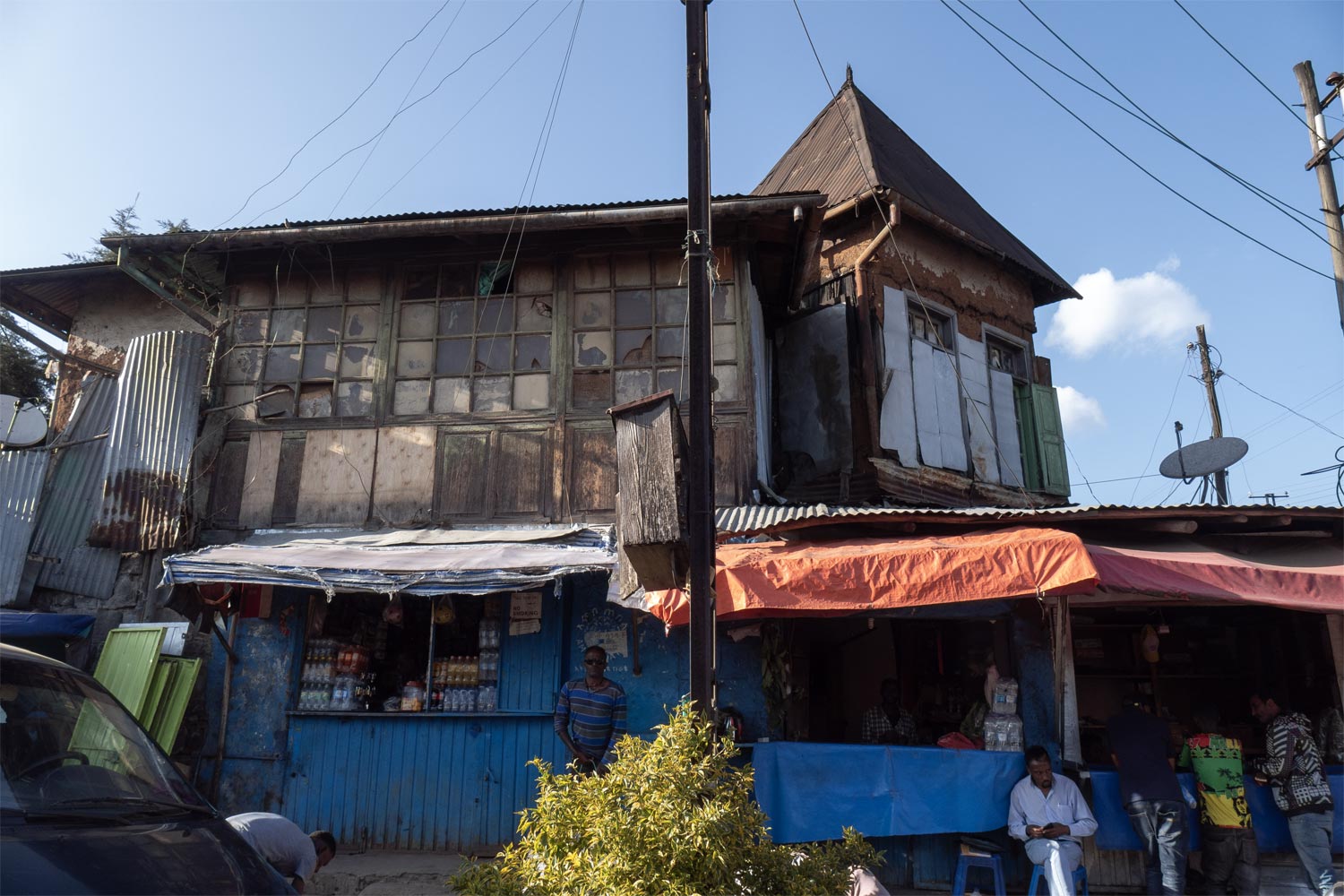
Then it quickly transitions into outright slums.
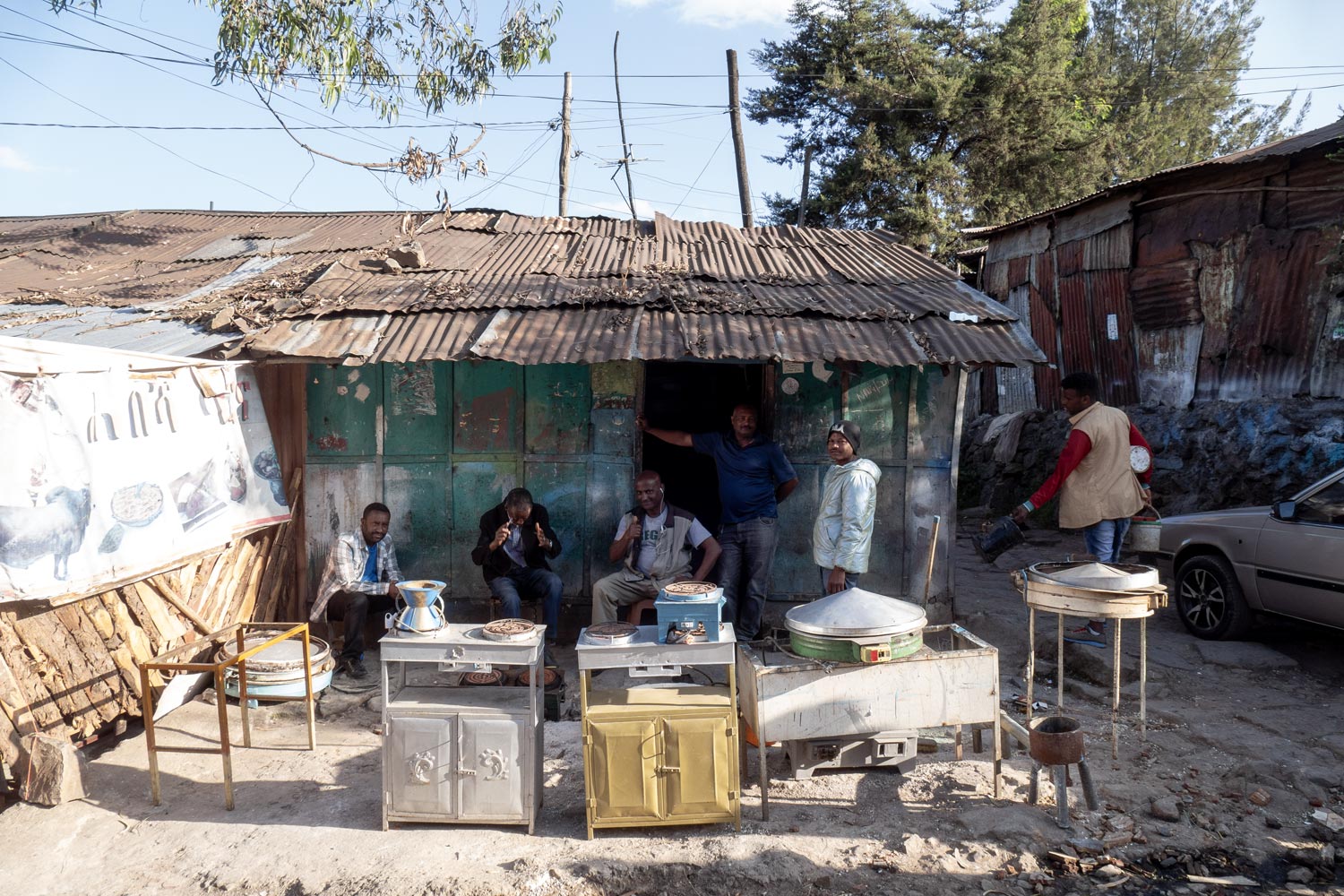
Does it look like Africa now?
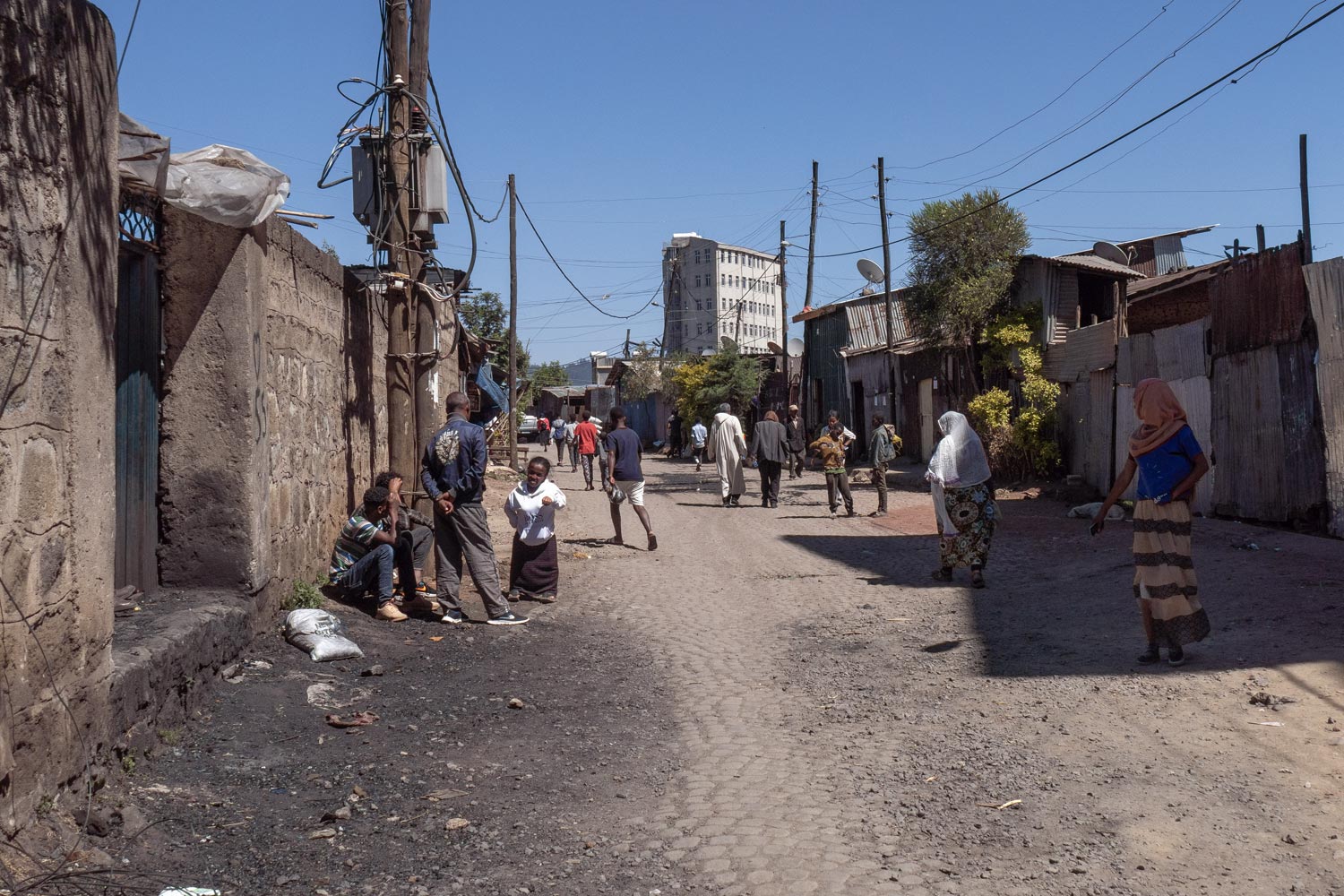
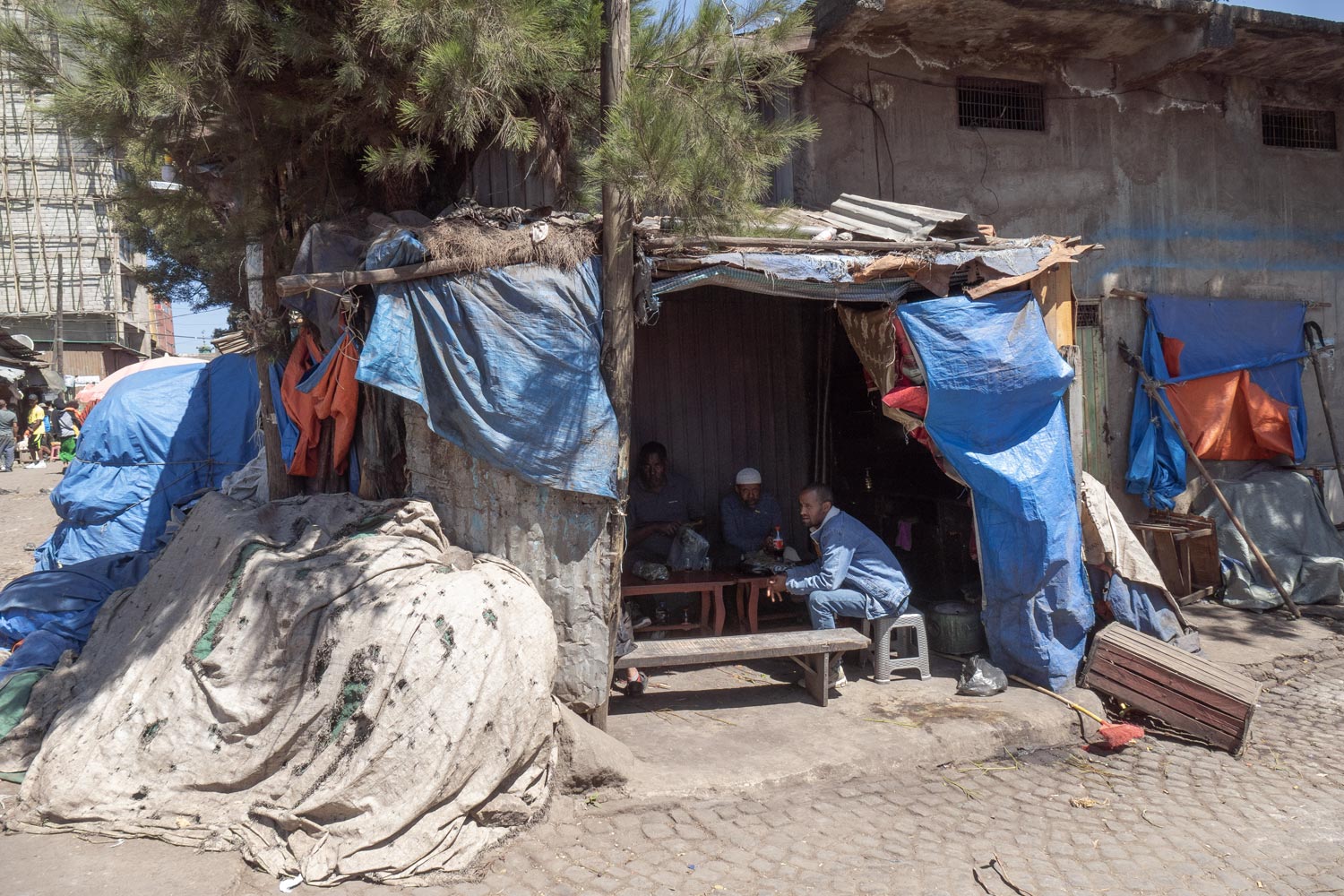
The slums of Addis Ababa turned out to be not very interesting. They are not much different from any other slums. One can find the same thing in India or Cambodia.
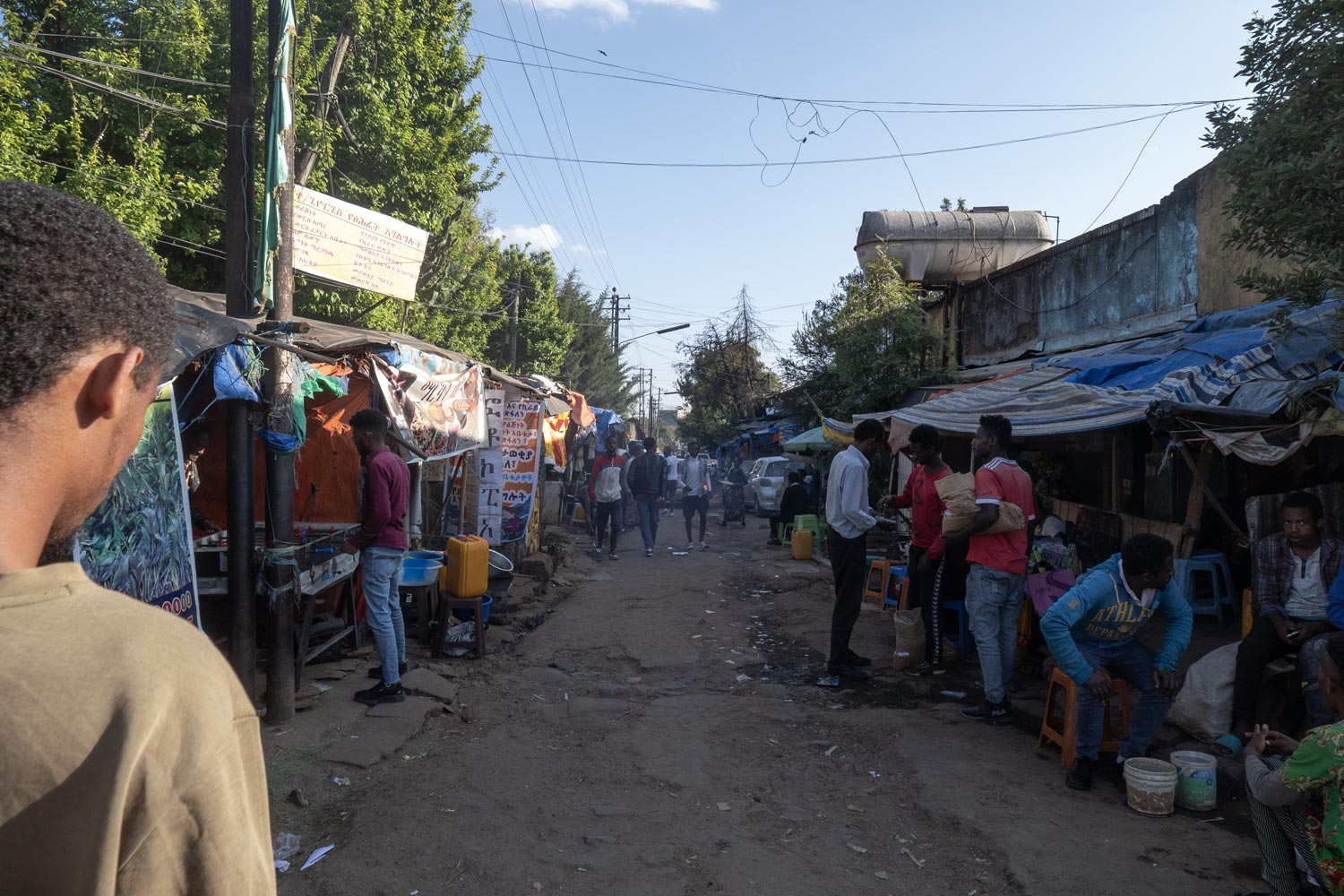
These places do not pose any danger. The locals are busy with their own affairs and pay little attention to a white tourist.
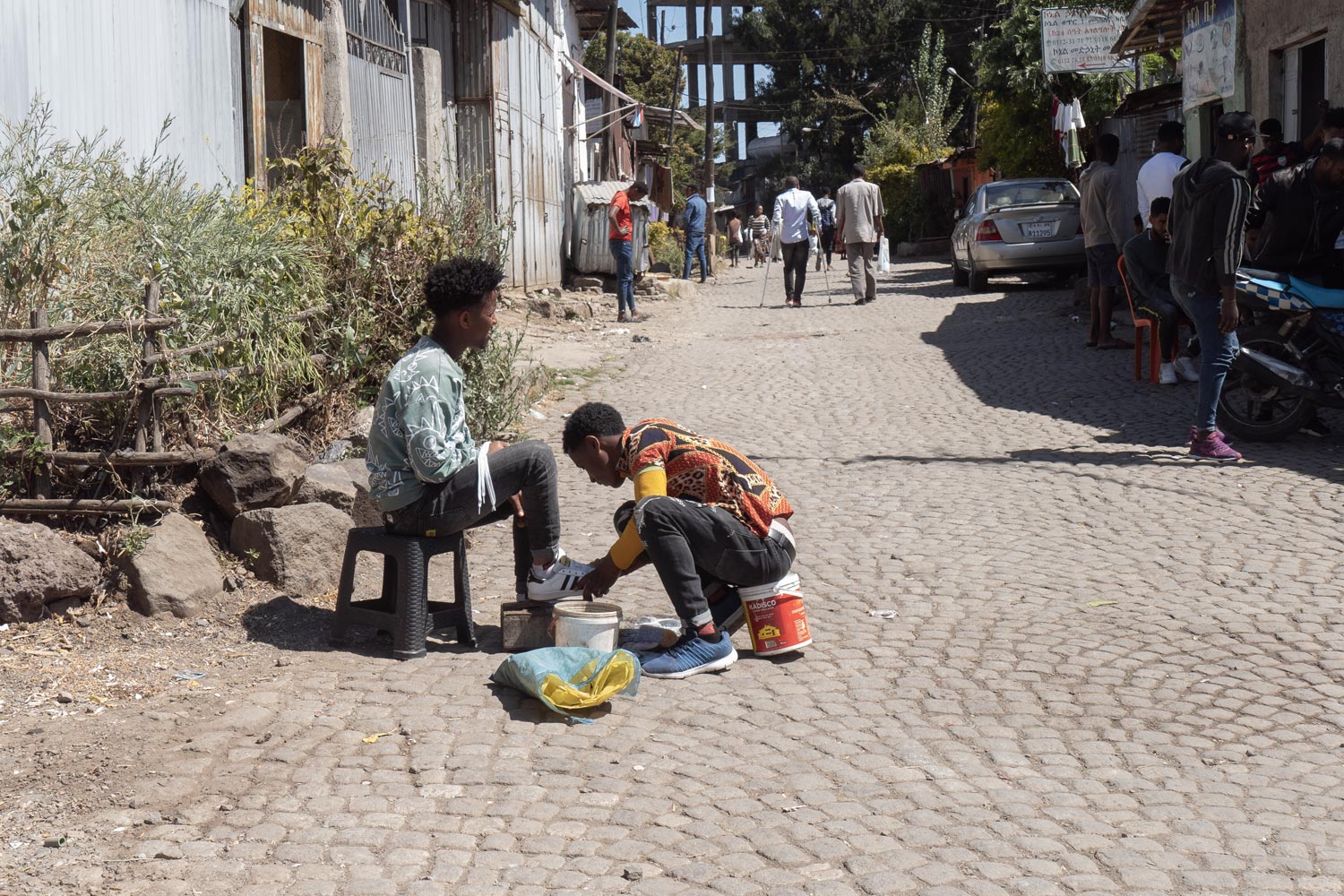
Many are quite happy to pose for a photo.
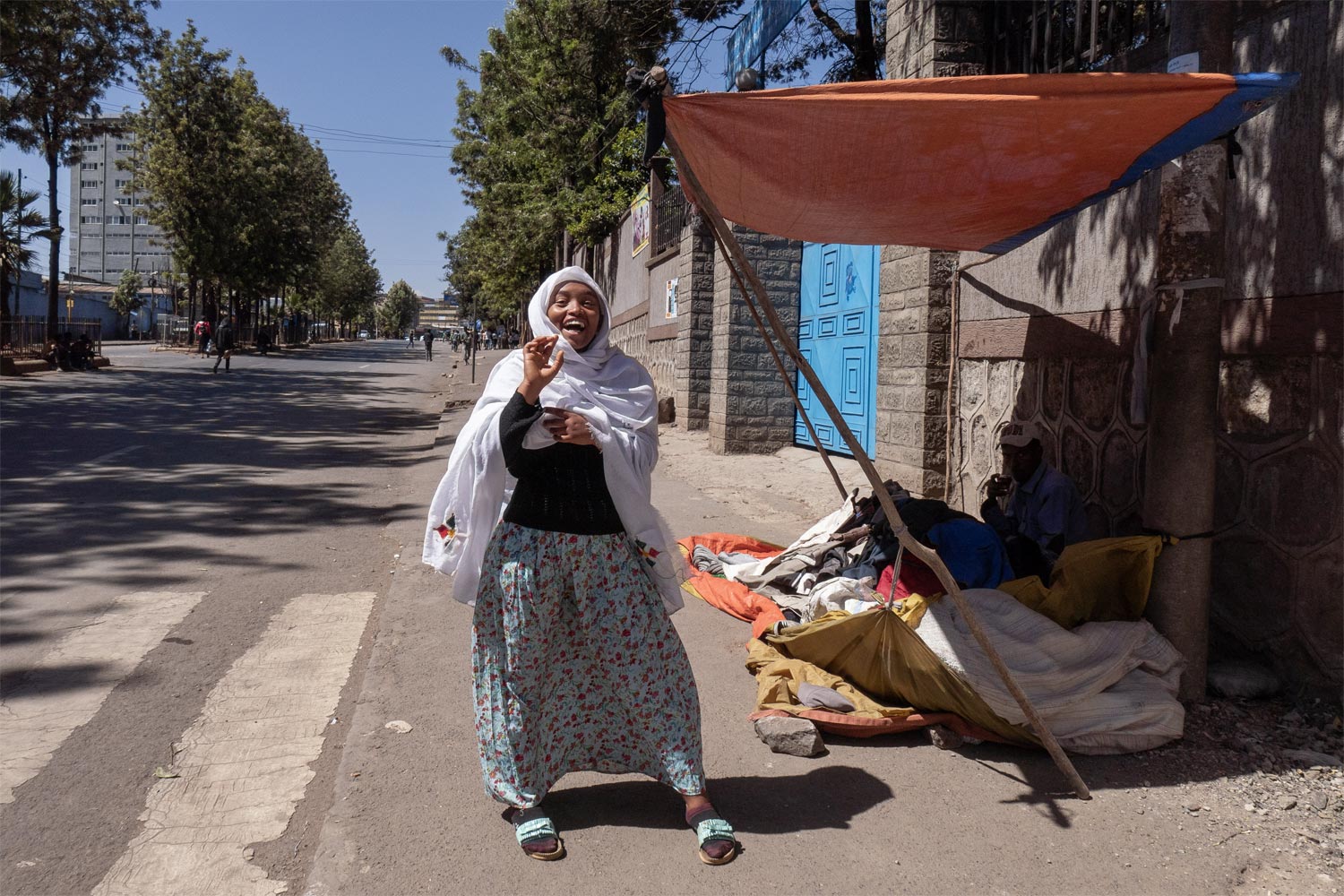
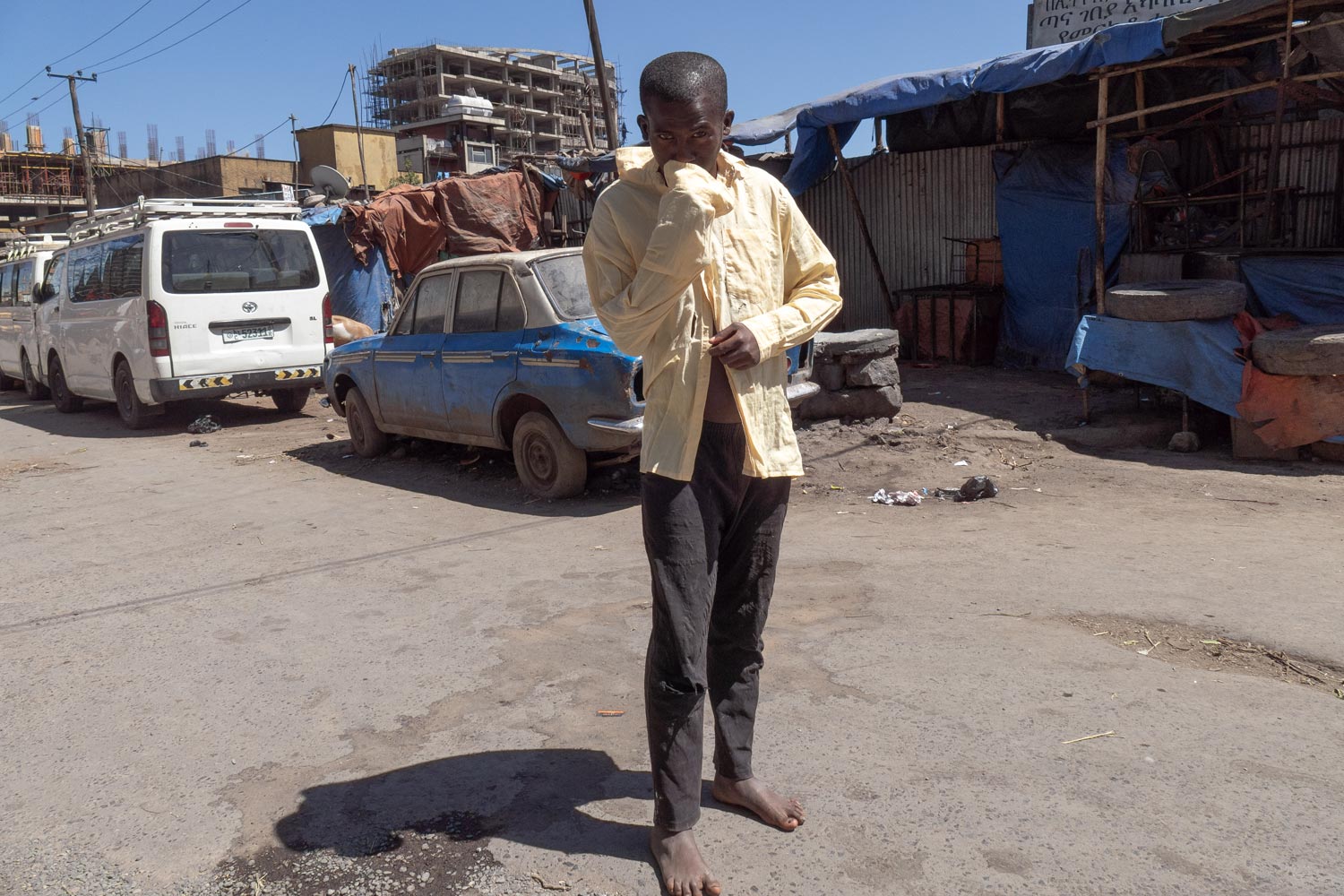
Overall, nothing special. East Africa is no more dangerous than India, and it generally resembles India. It’s the same mix of city and village, chaos on the roads, sketchy street food, makeshift markets, and drunkards passed out wherever.

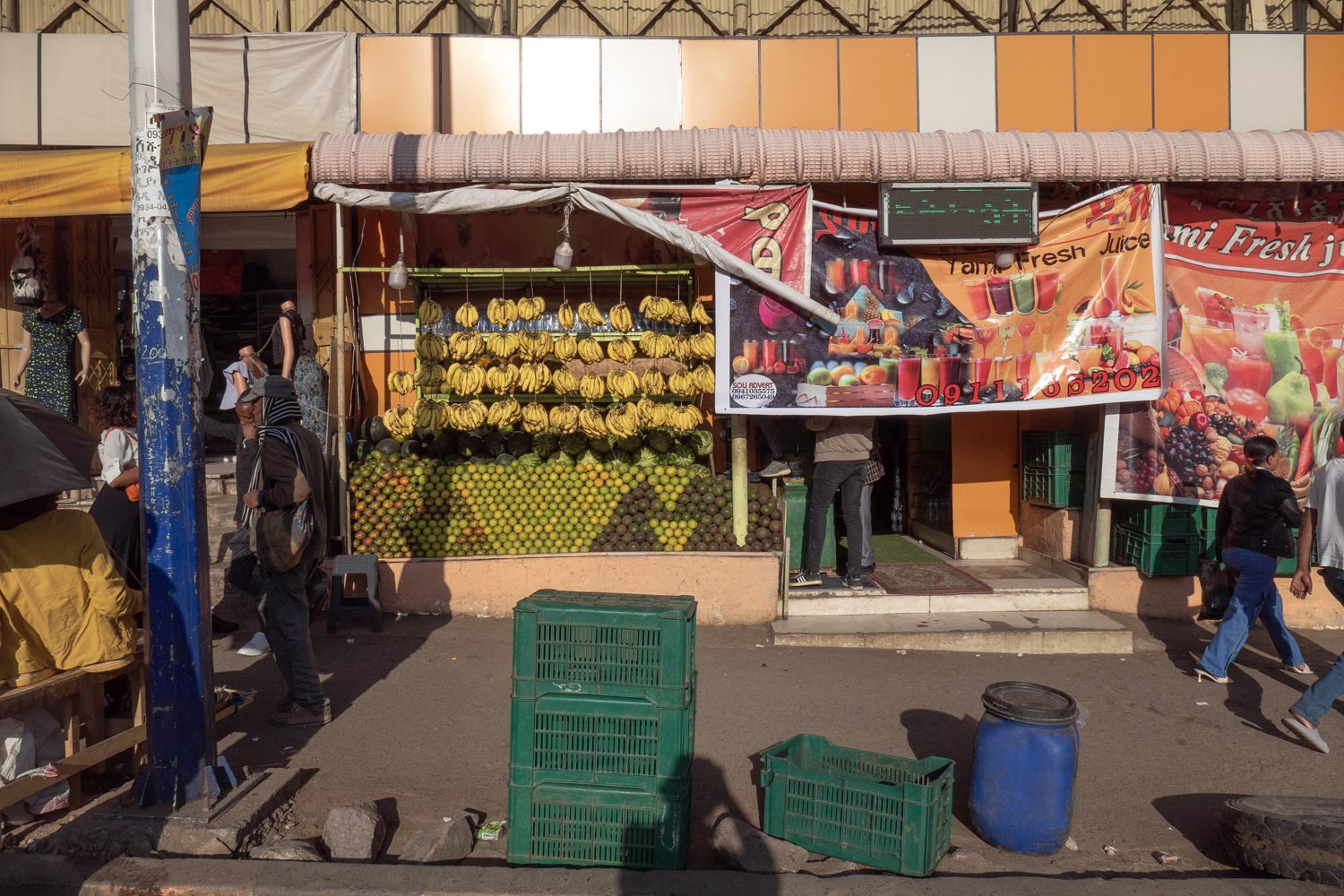
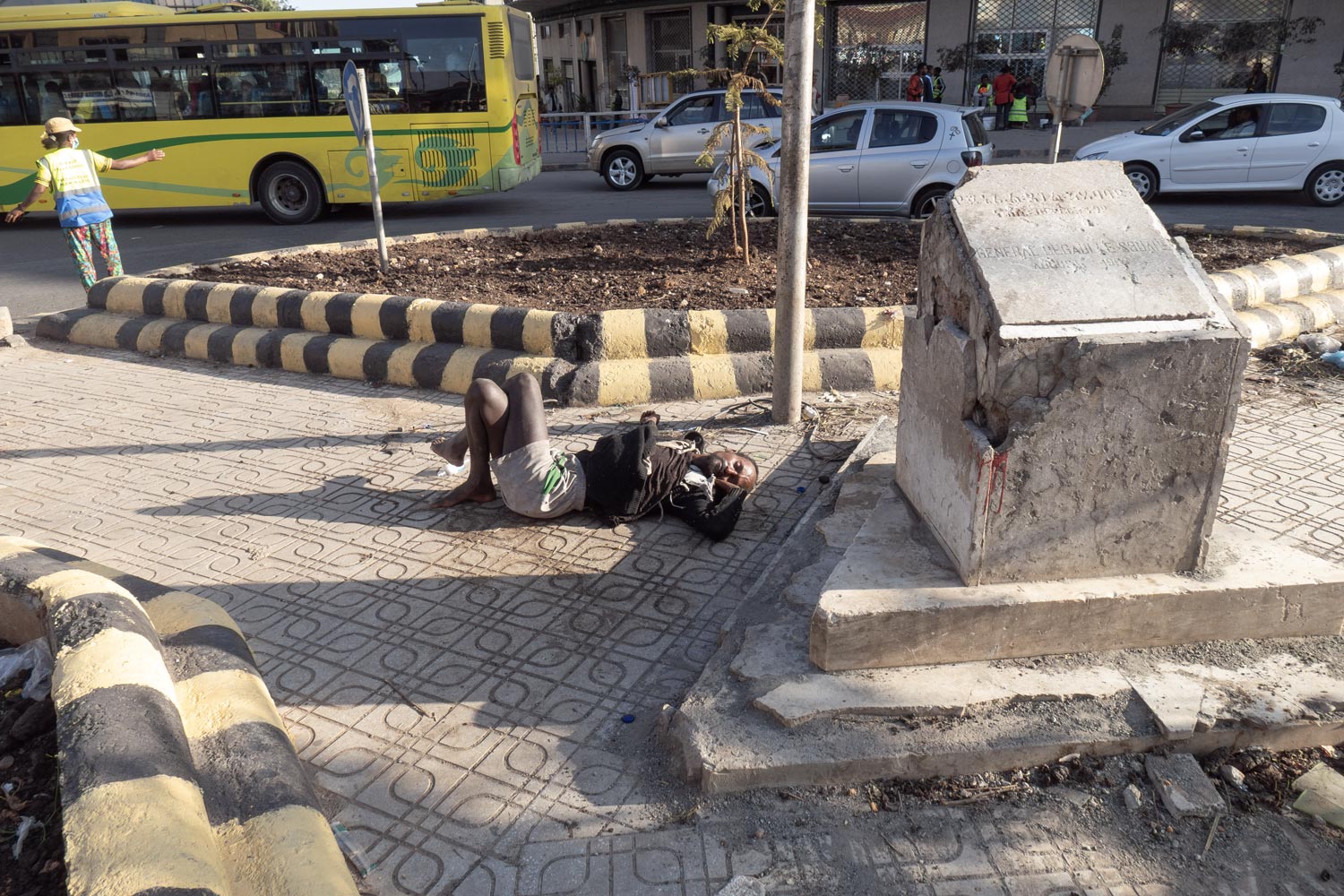
At the same time, Ethiopia is a Christian country. So instead of turban-wrapped sadhus, one encounters Orthodox priests on the streets.
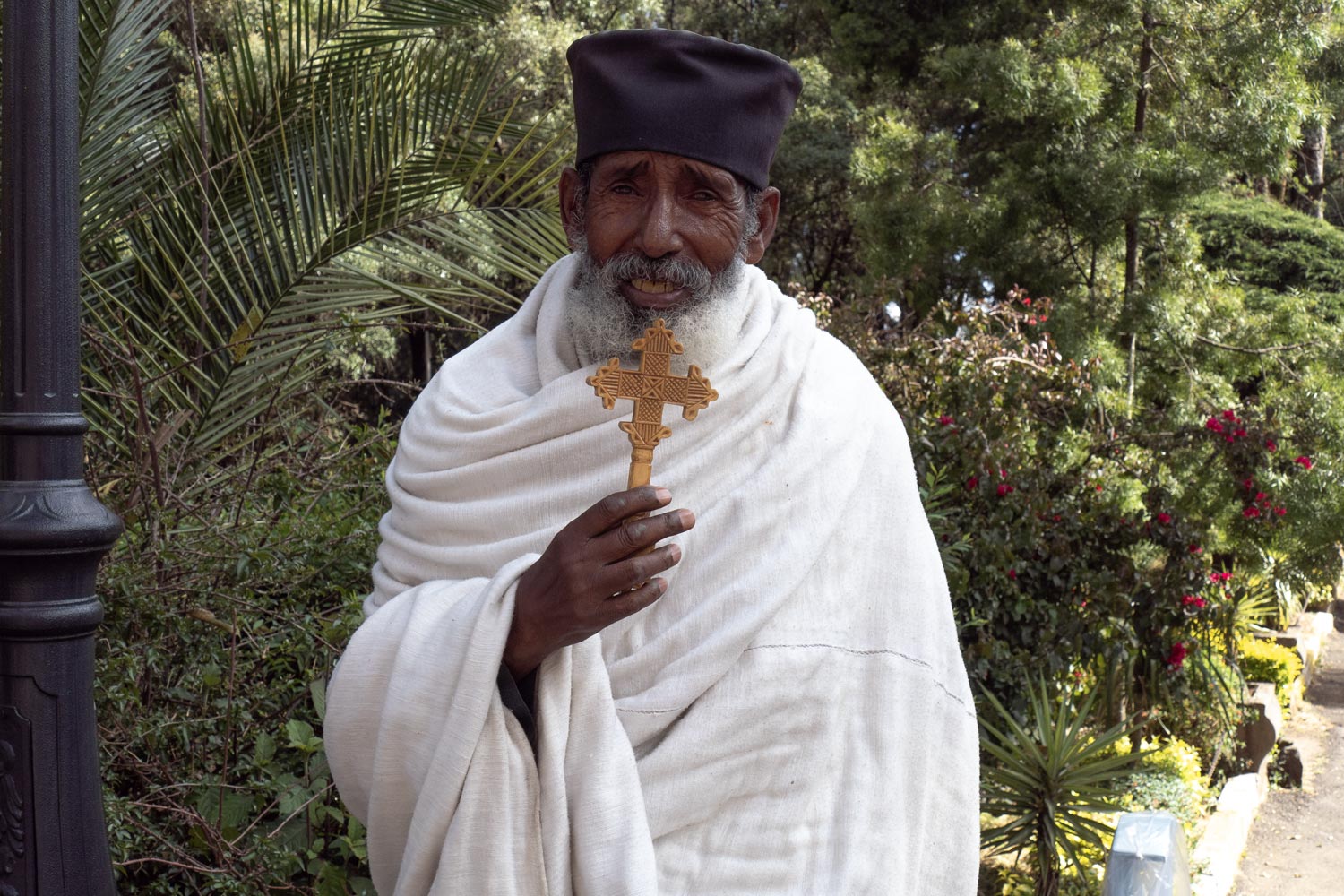
Several large churches located in Addis Ababa. One of them, Ba’eta Mariam, is near the former residence of Emperor Menelik II.

In its basement, there turned out to be a mausoleum of the emperor and his family.
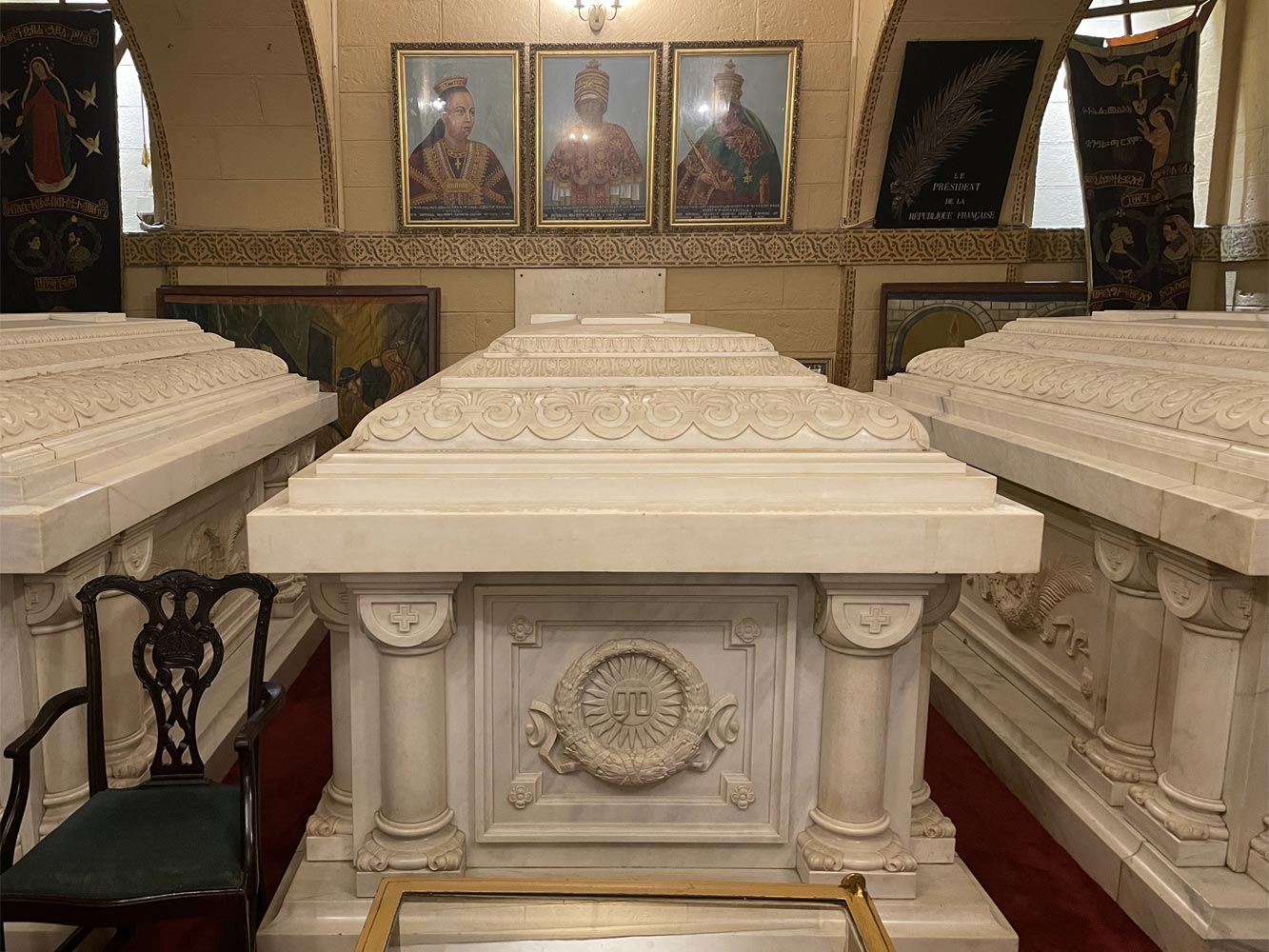
Even more interesting is that there’s hidden a painting by Michelangelo, “Madonna and Child.” The guide seriously insisted that the painting was an original, gifted to Emperor Menelik by the Italians in 1896. The author still cannot figure it out who was fooled and by whom: me by the guide or the Ethiopians by the Italians.
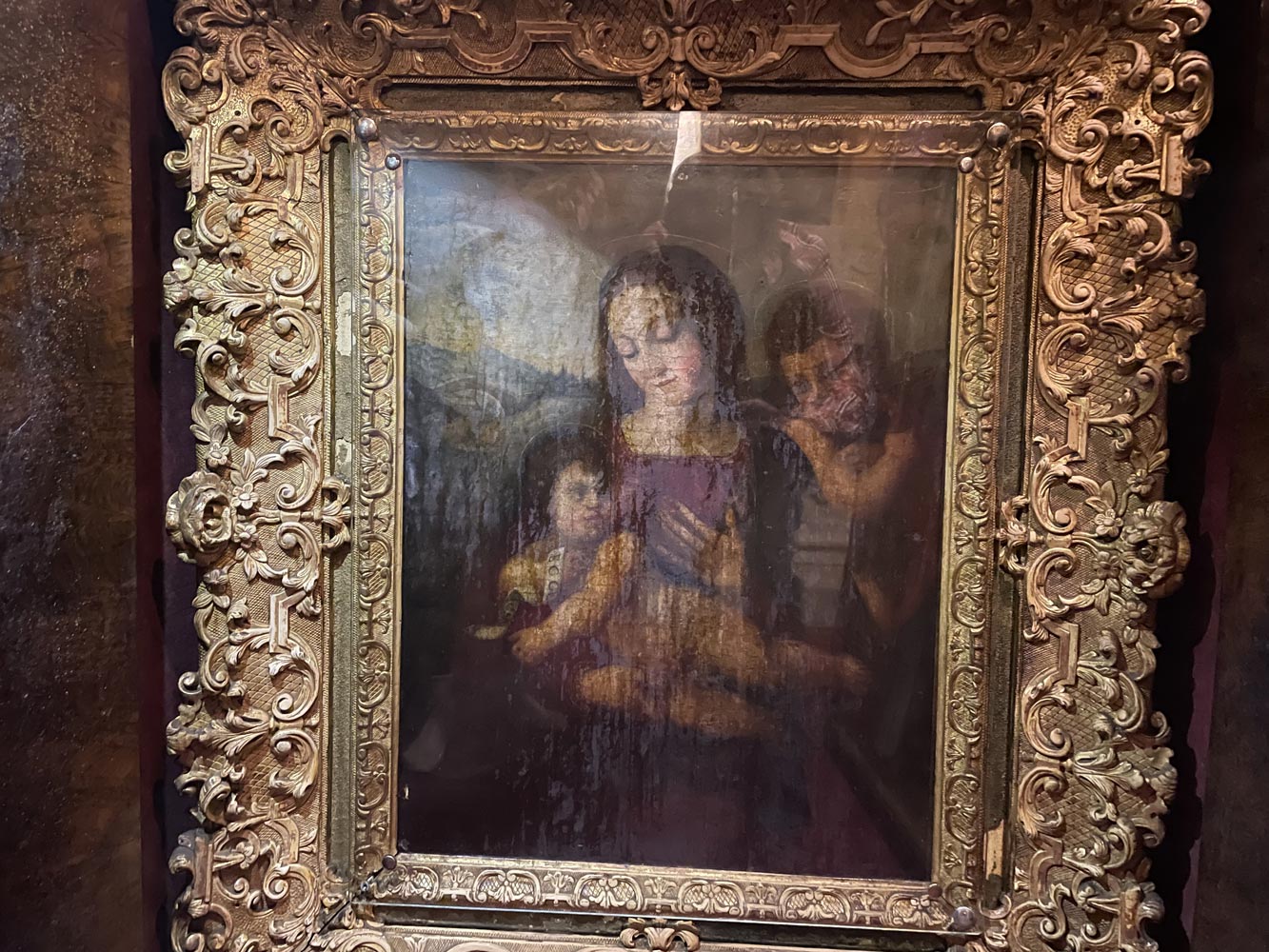
To my taste, a black Virgin Mary with a black baby Jesus is much more interesting. Indeed, in Africa, Jesus is considered, if not black, then at least chocolate. A perfect pitch for Hollywood: the Gospels with a black Jesus in the lead role.
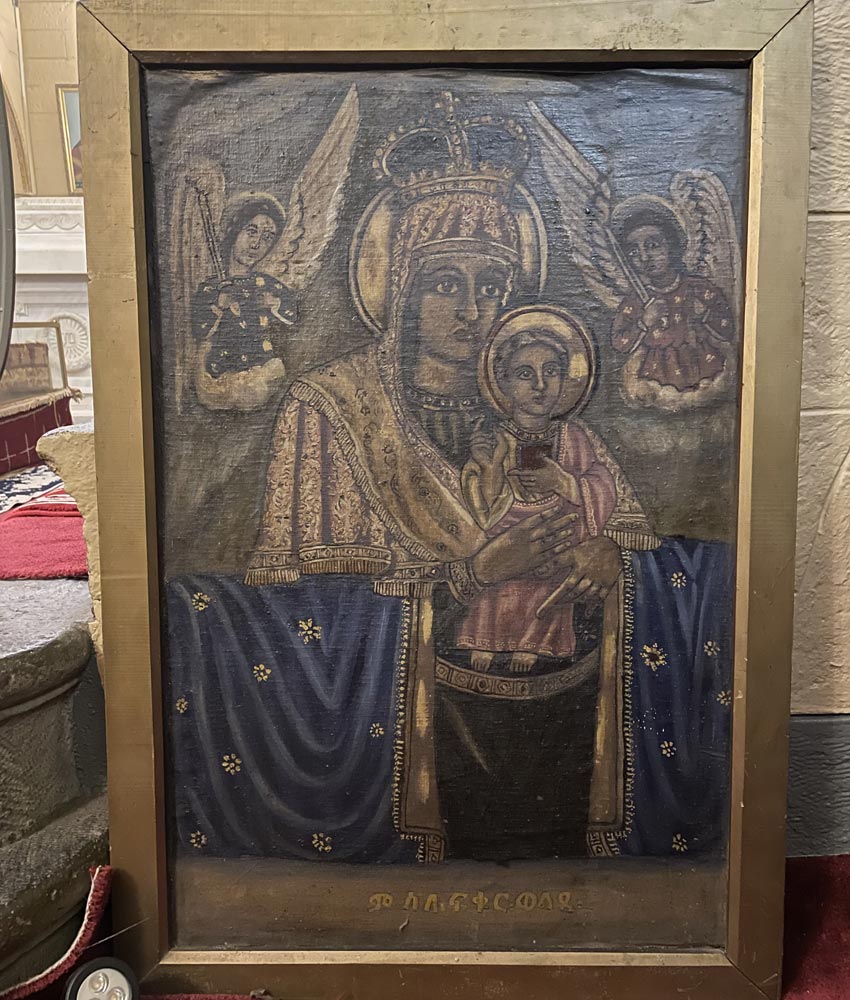
That’s all for Addis Ababa. There’s absolutely nothing to see in the city. Almost all African capitals are purely utilitarian cities with little history.
The only reason to stop in Addis Ababa is the Tomoca Coffee shop.
To start with, coffee in Ethiopia is an whole culture. The author has never tasted anything better than Ethiopian coffee. Moreover, excellent coffee is served not just in top coffee shops like Tomoca, but literally in any café at a shabby shopping center.
However, Tomoca is a coffee shop known worldwide. There is even a Wikipedia article about it. It was founded in 1953 as a family business and has since grown into a network of twenty-two coffee shops. Recently, it even opened abroad in Tokyo.
The coffee shop’s logo is a gorgeous lion incorporated into the letter “K.”
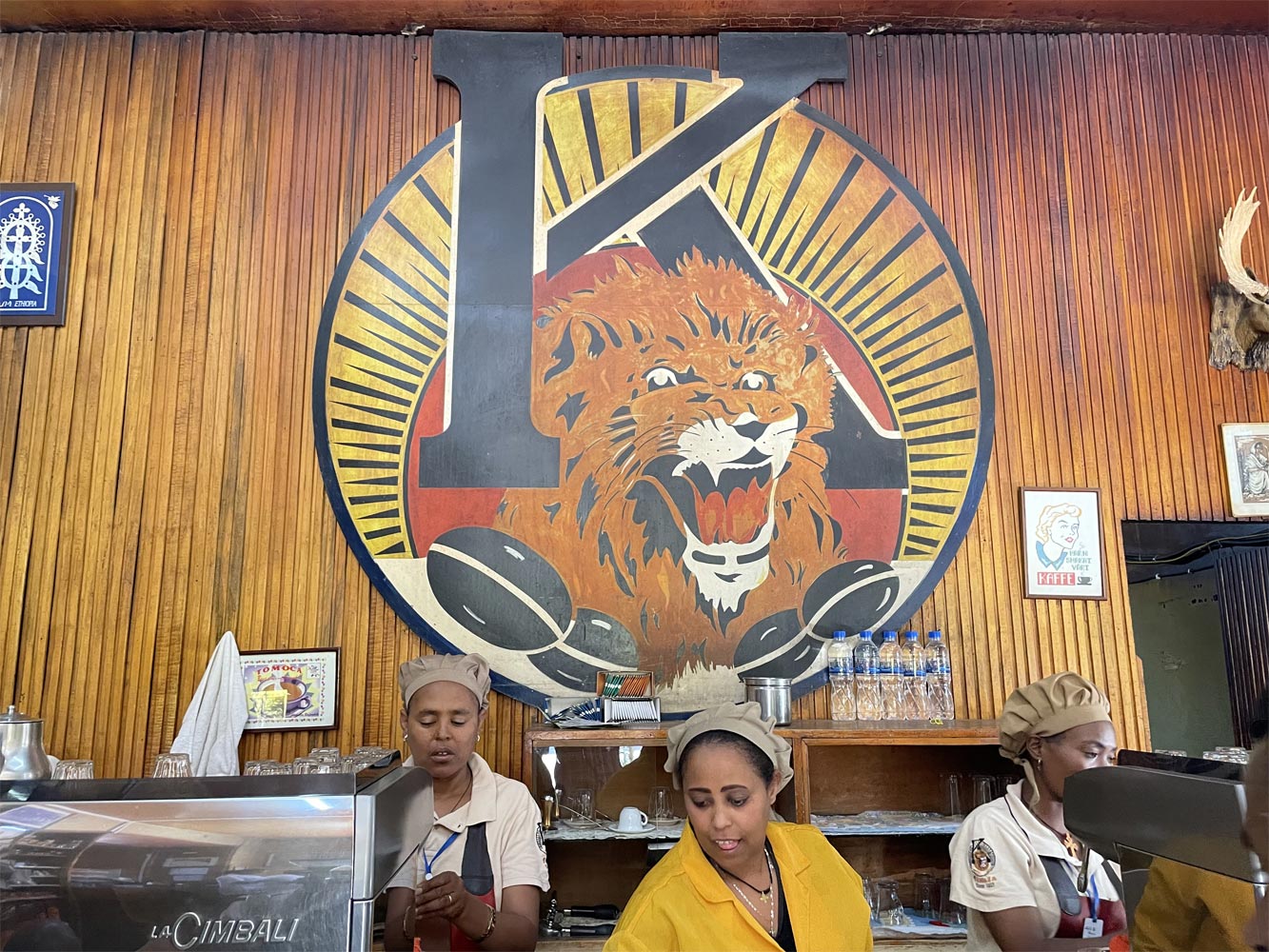
The very first establishment has preserved the interior of the last century.
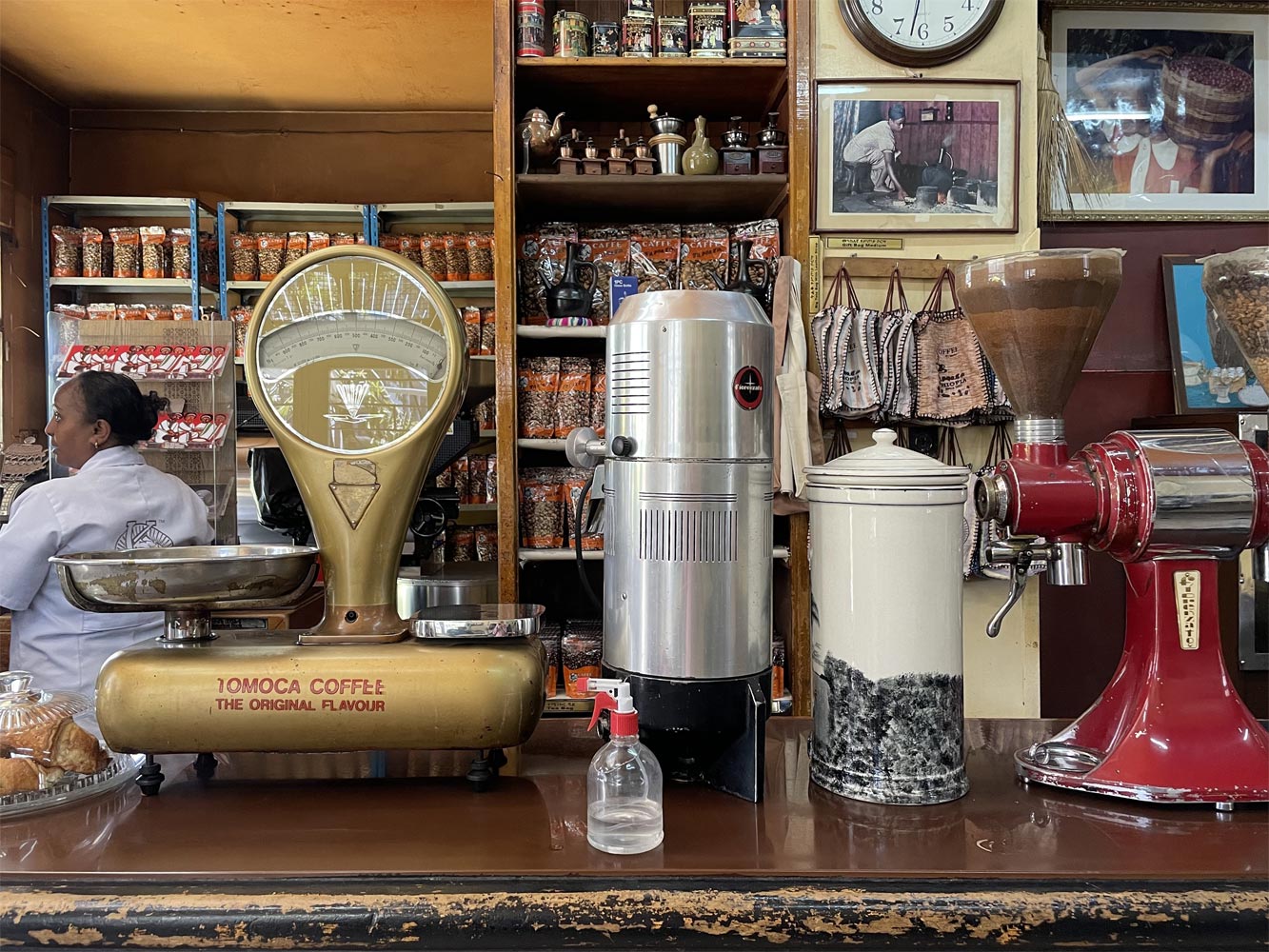
However, the coffee at Boom Burger turned out to be just as good. And besides drinking coffee, there’s nothing else to do in Addis Ababa.
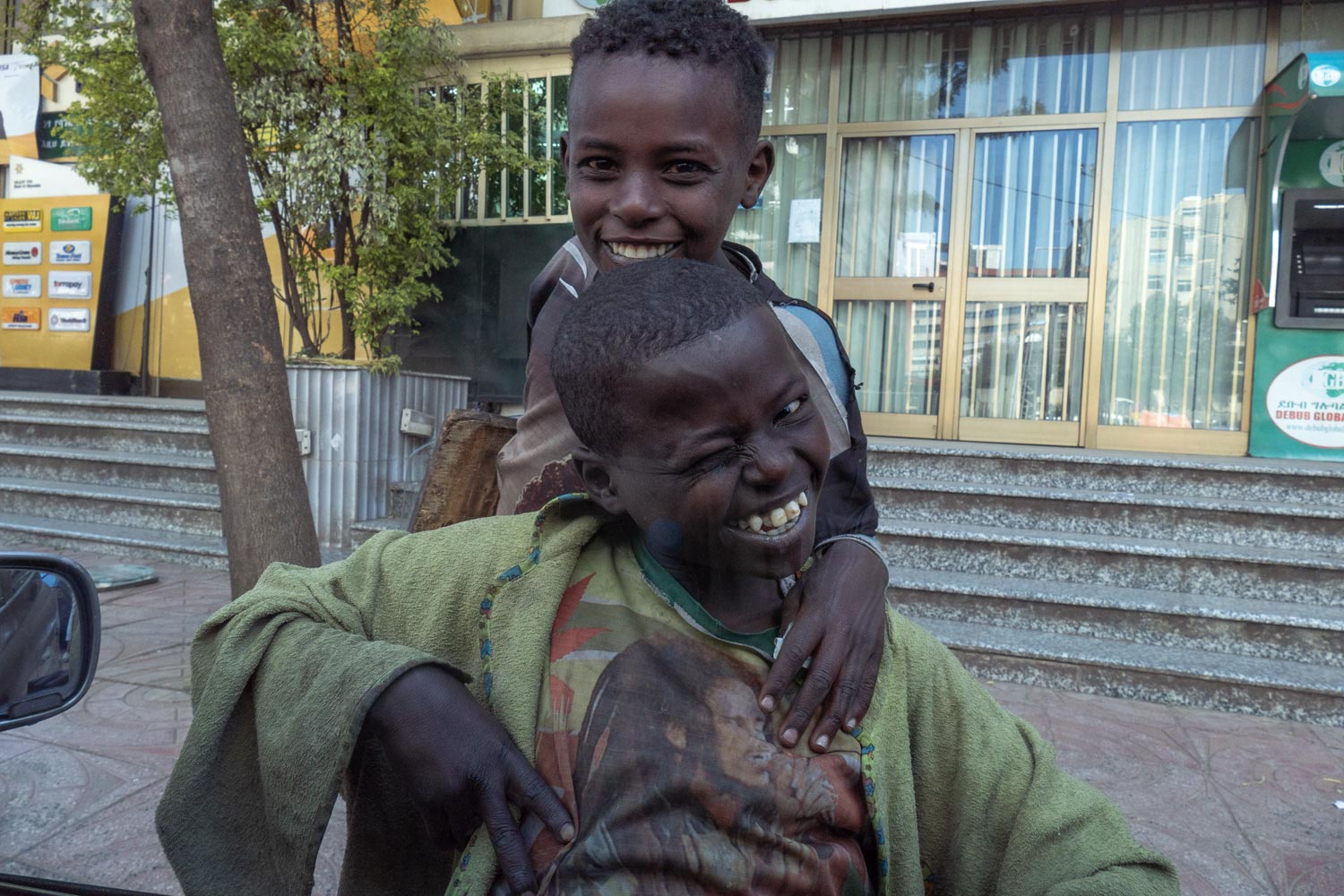
Travelers don’t linger in the capital; they either go to Lalibela or head to the tribes in the Omo River Valley. This time, we’ll skip Lalibela and head somewhere hot — to the African tribes.


